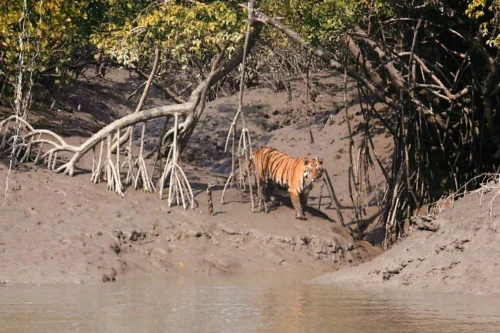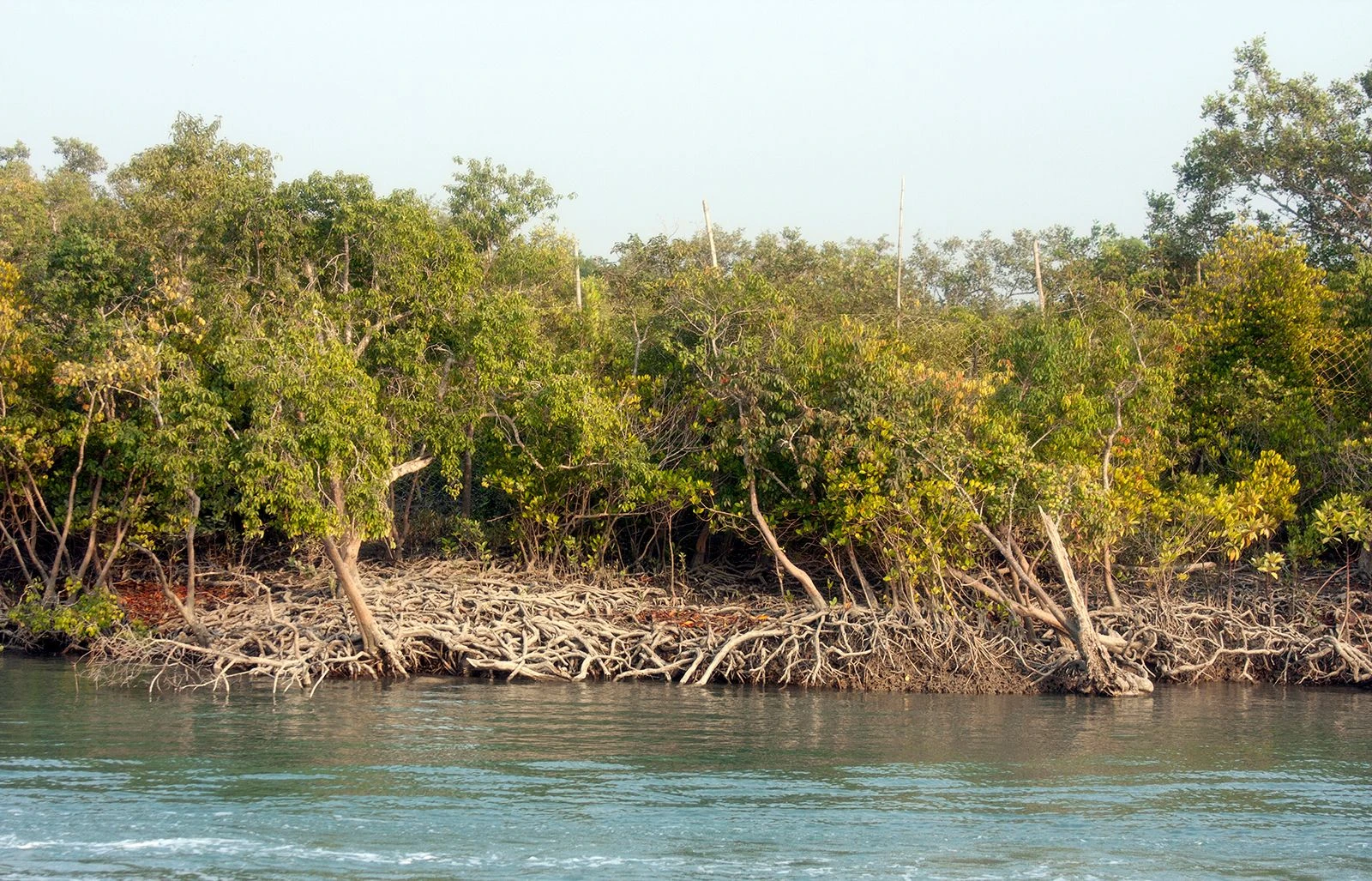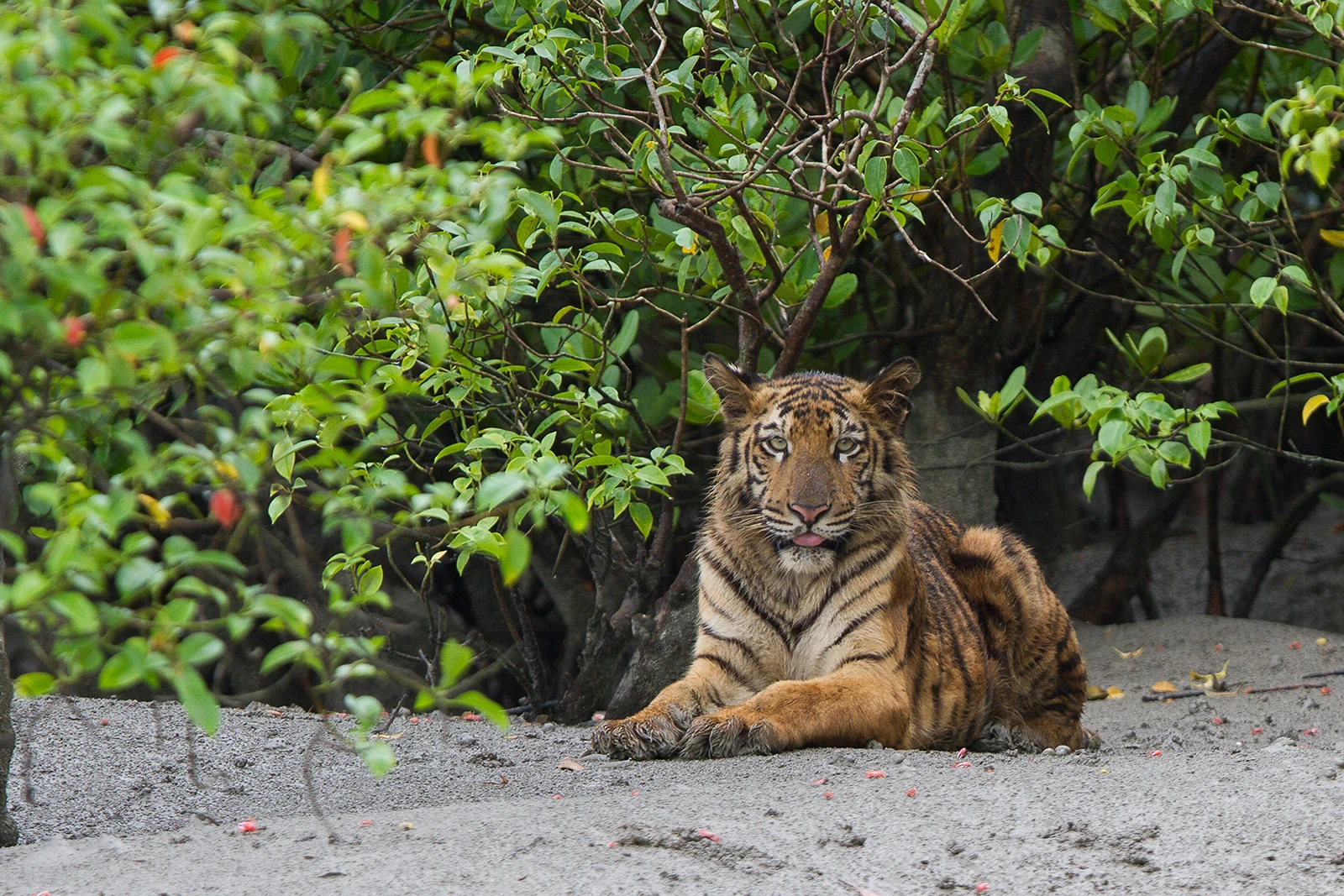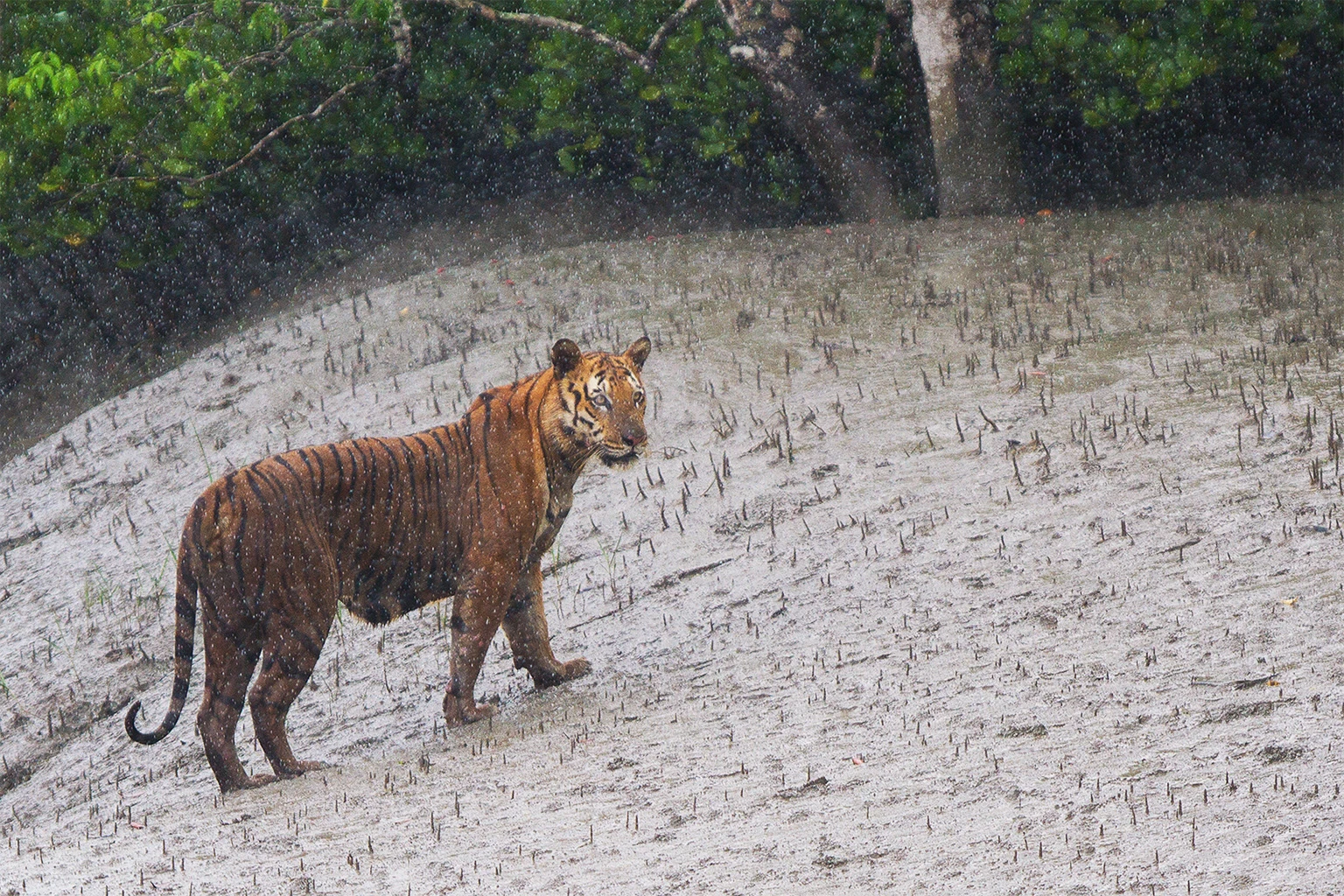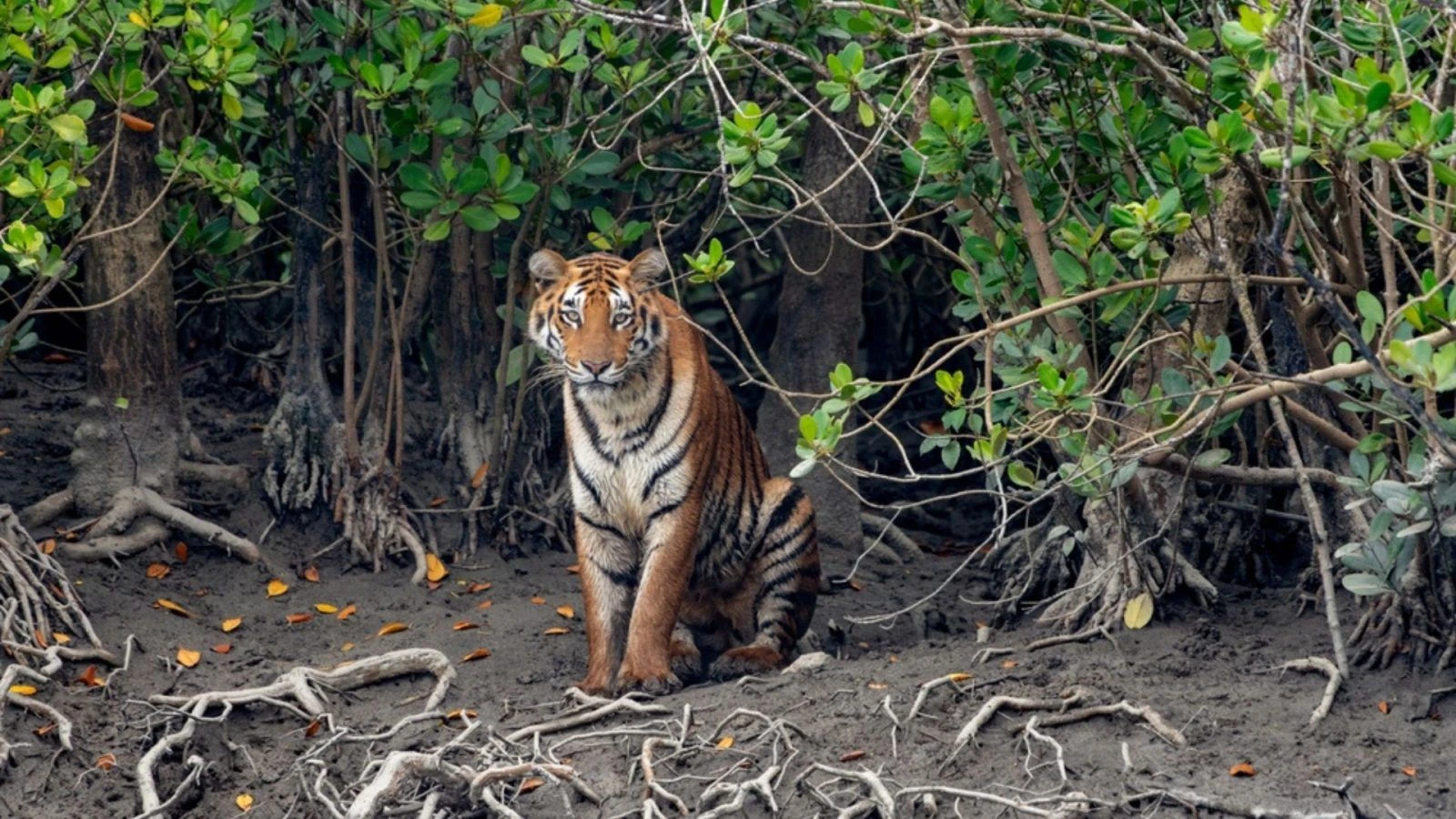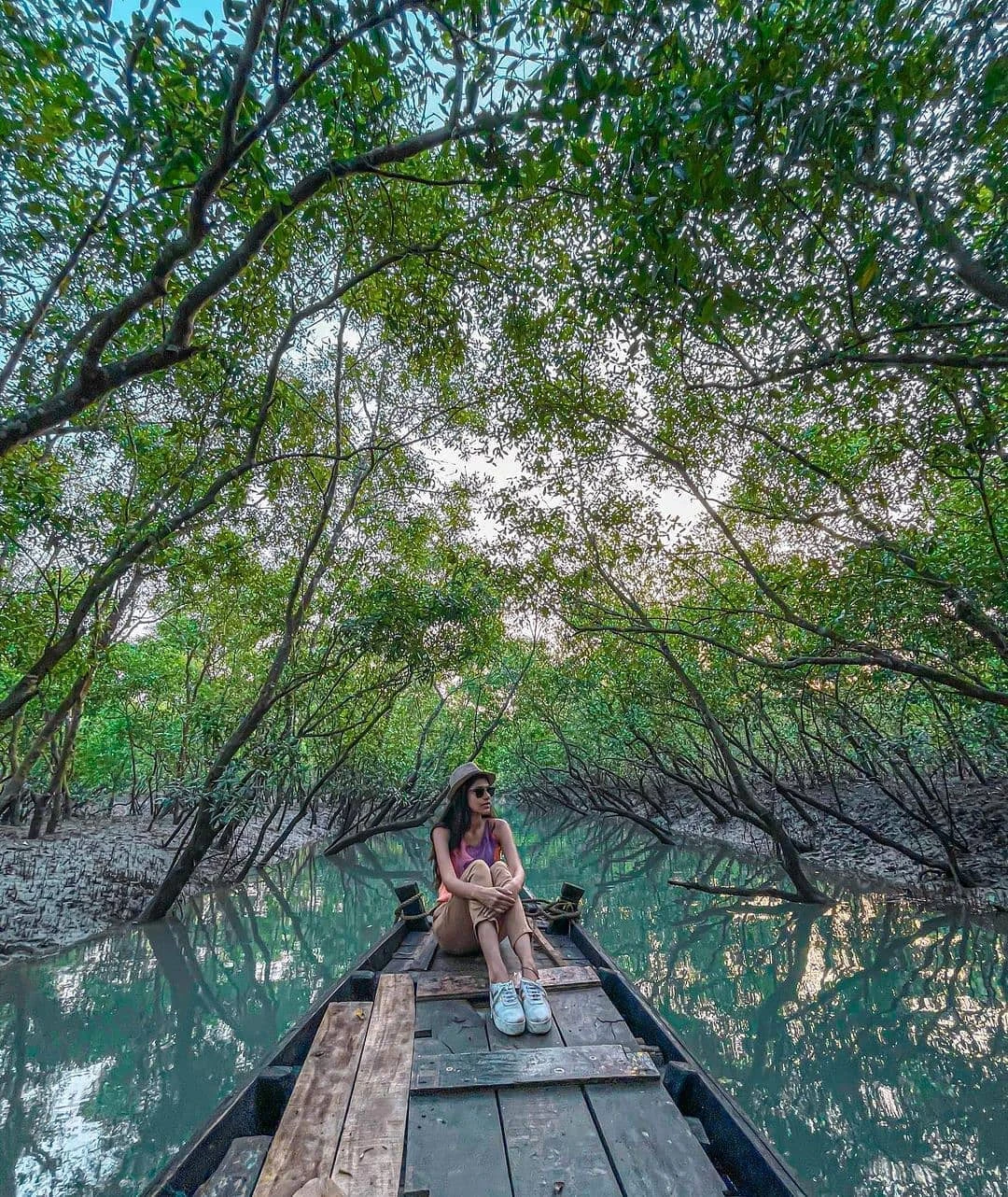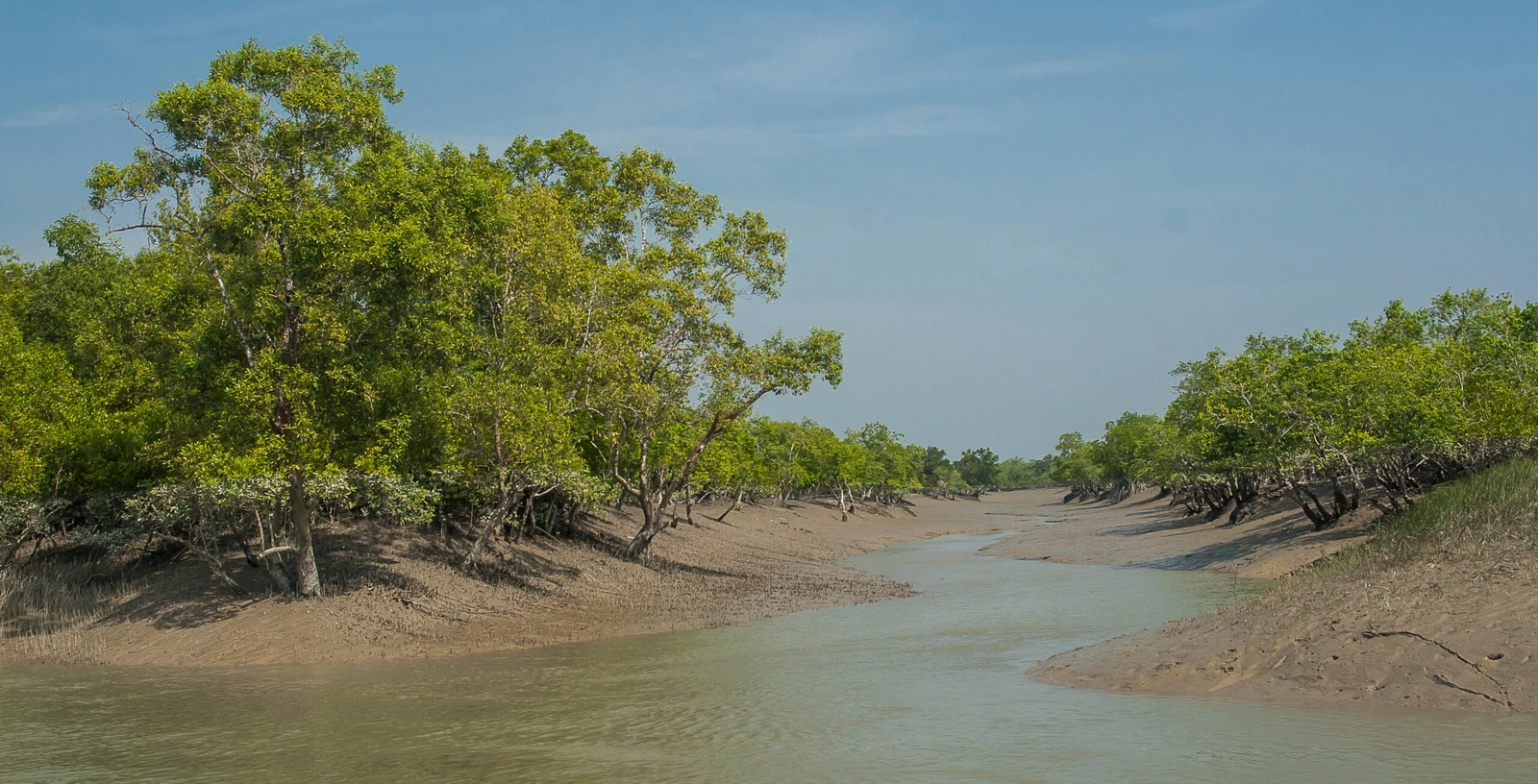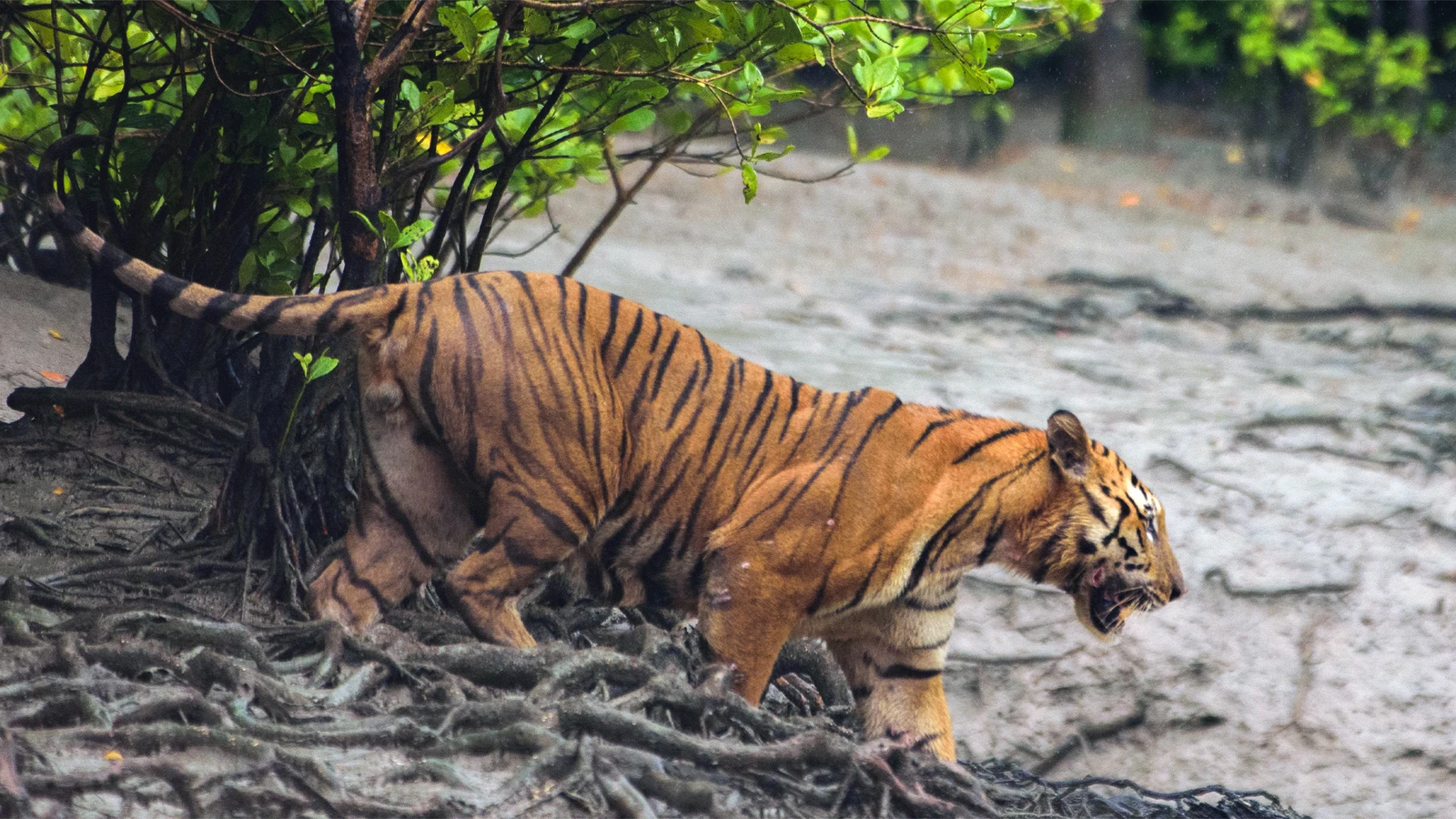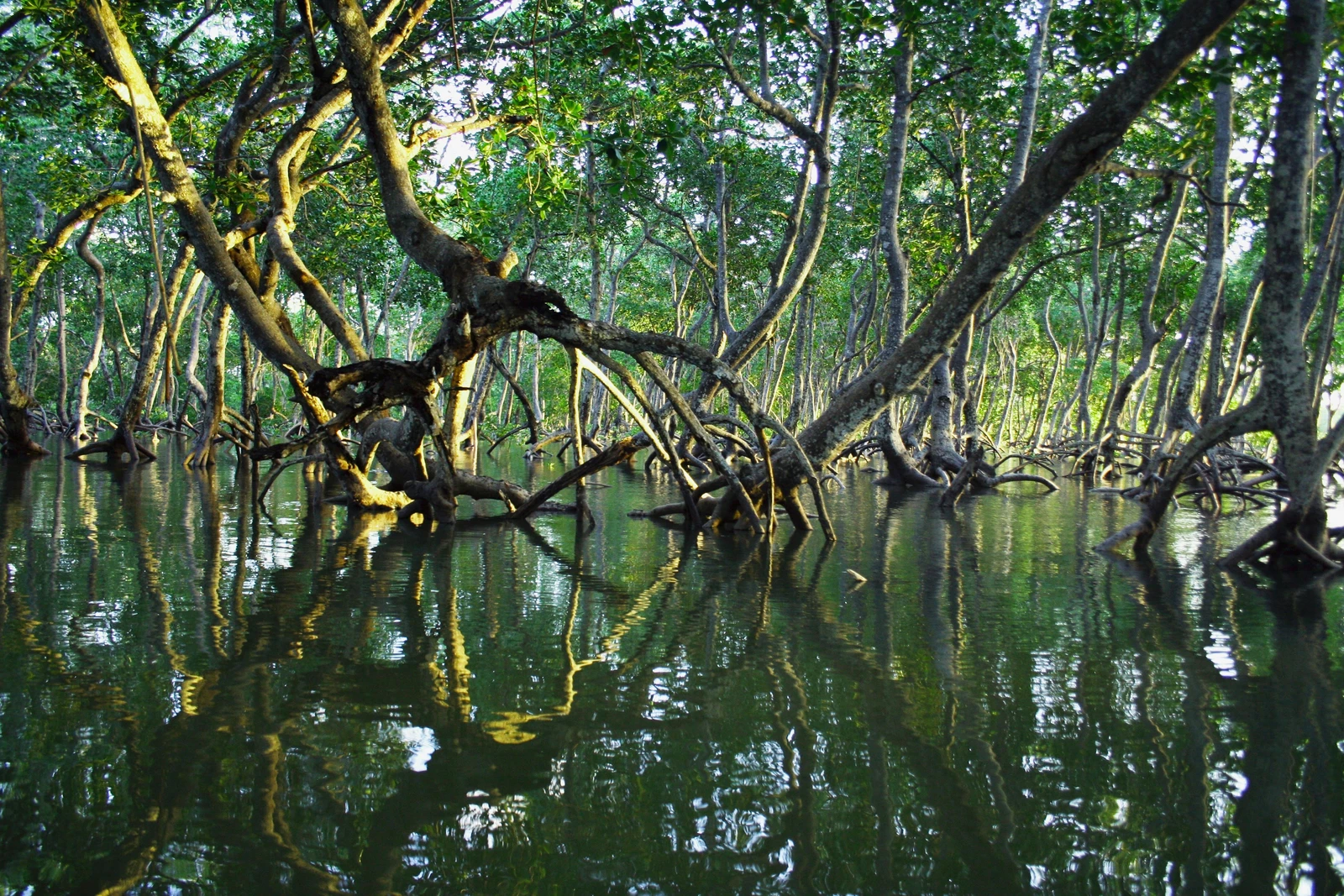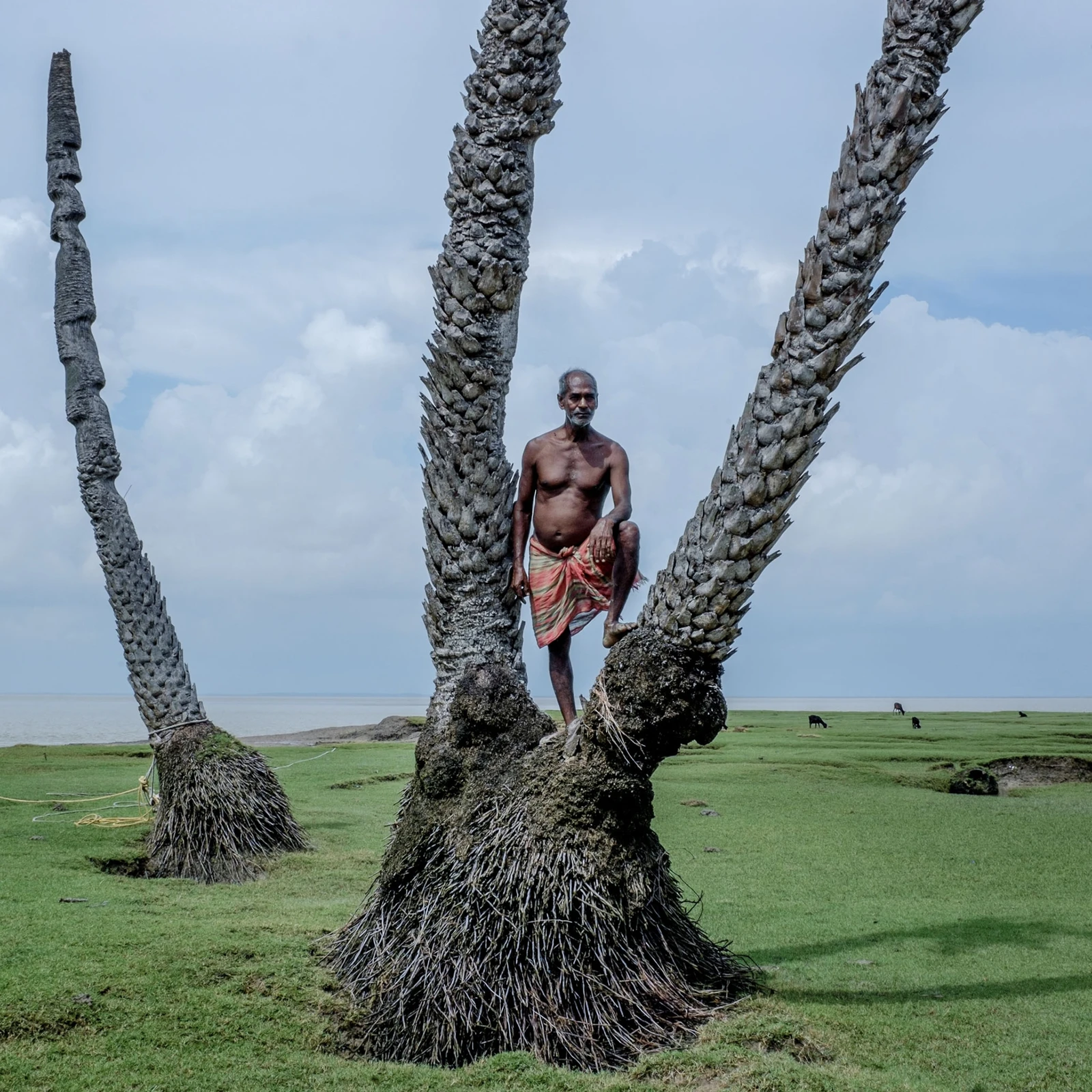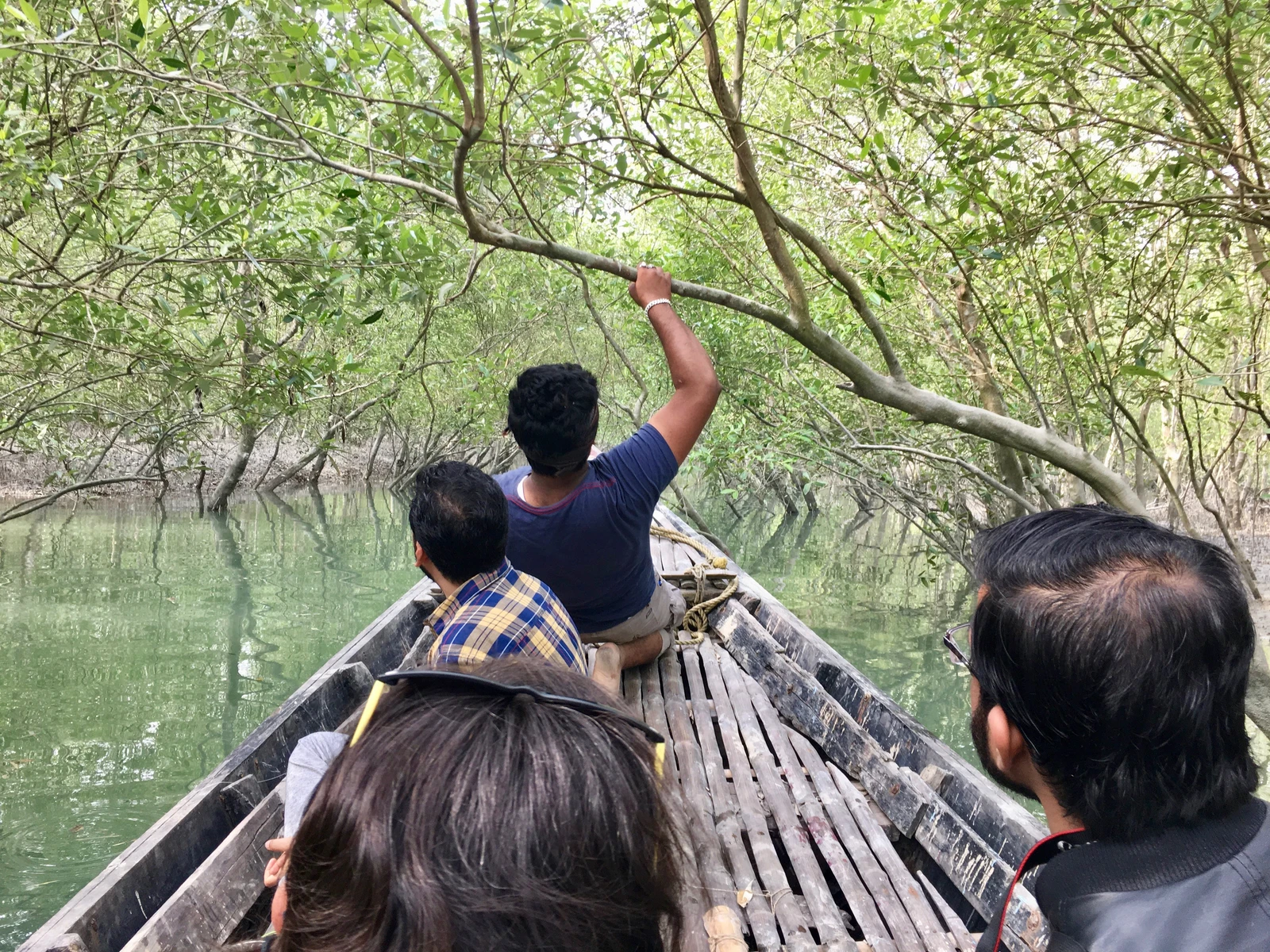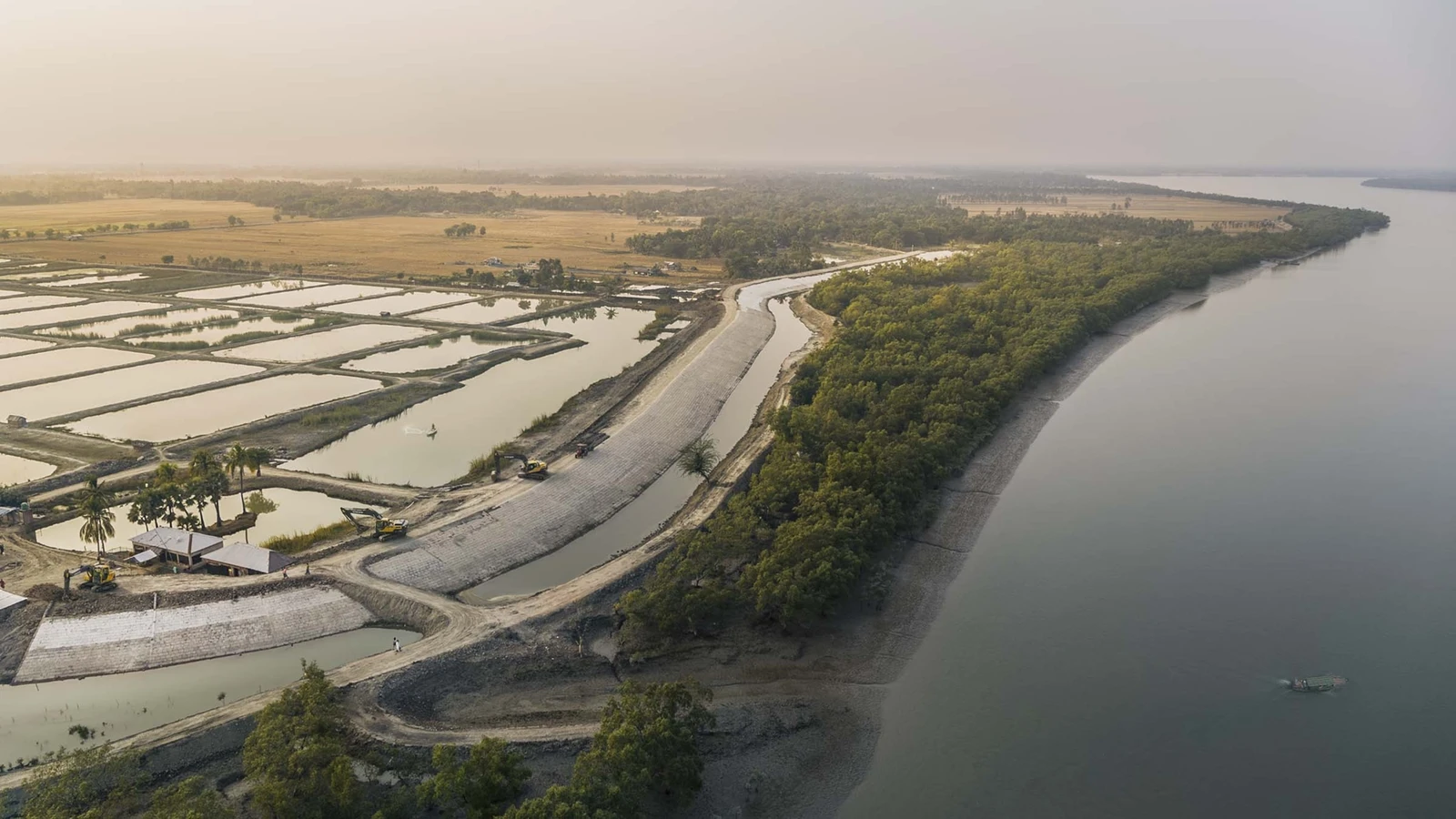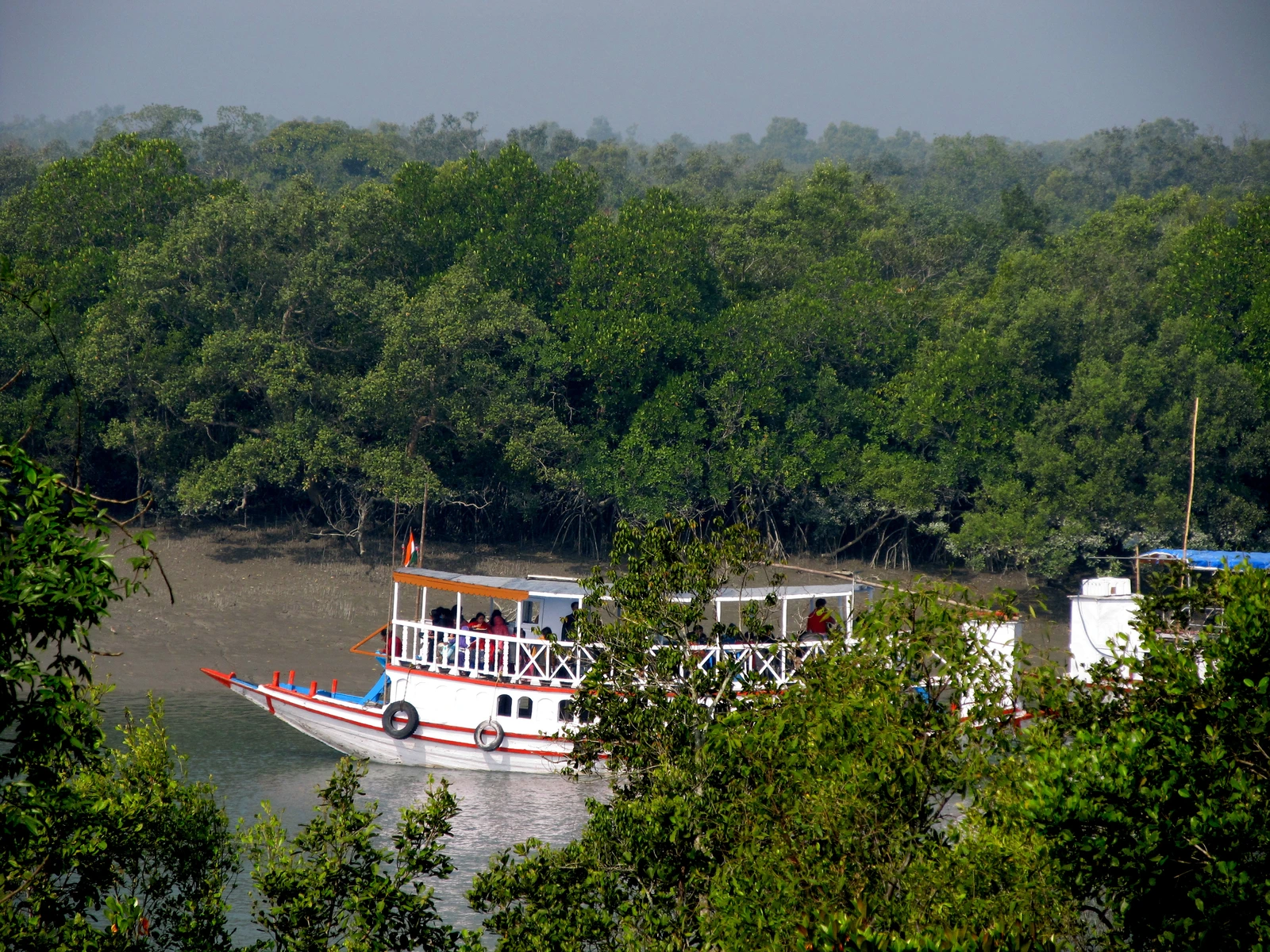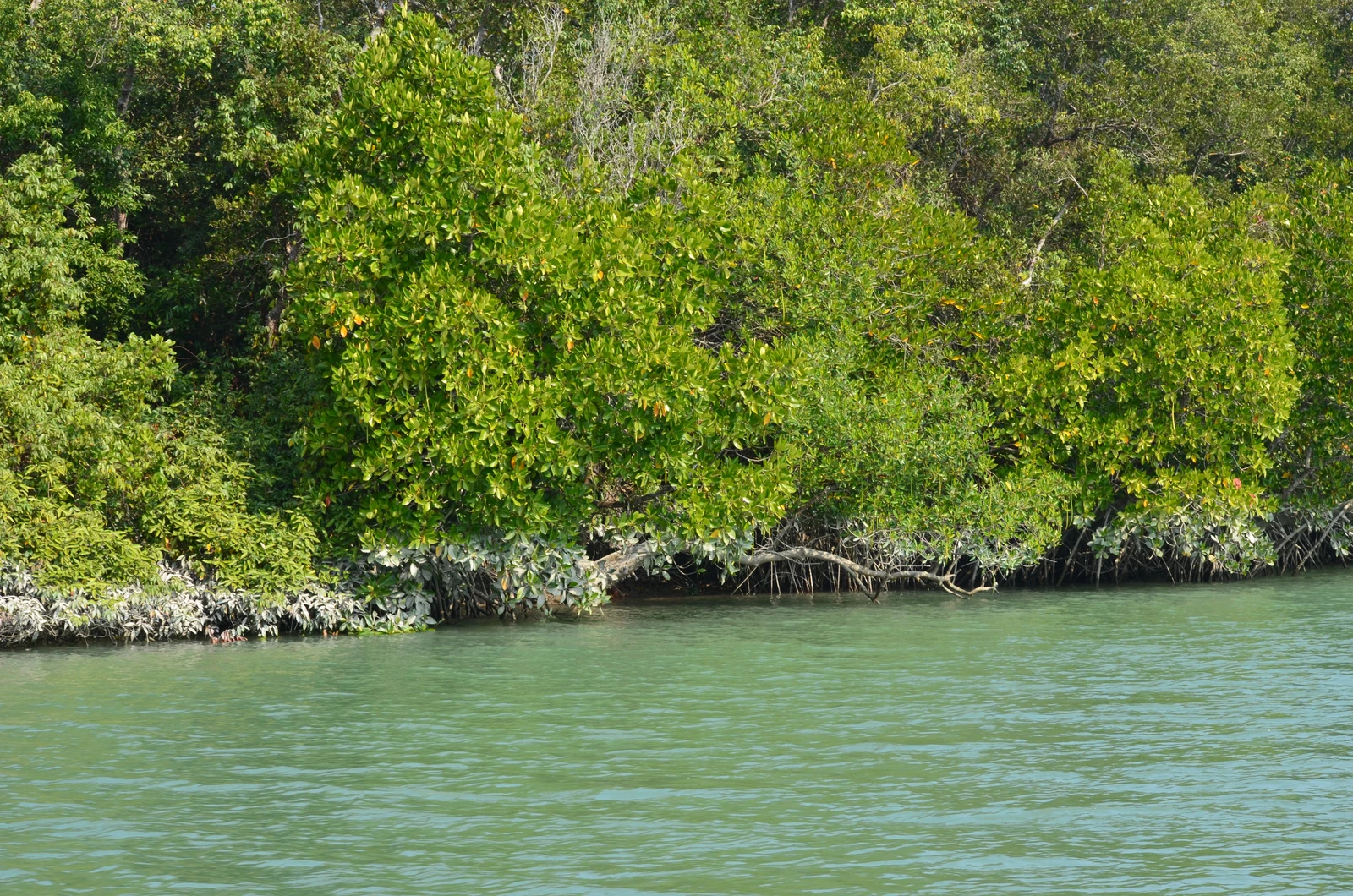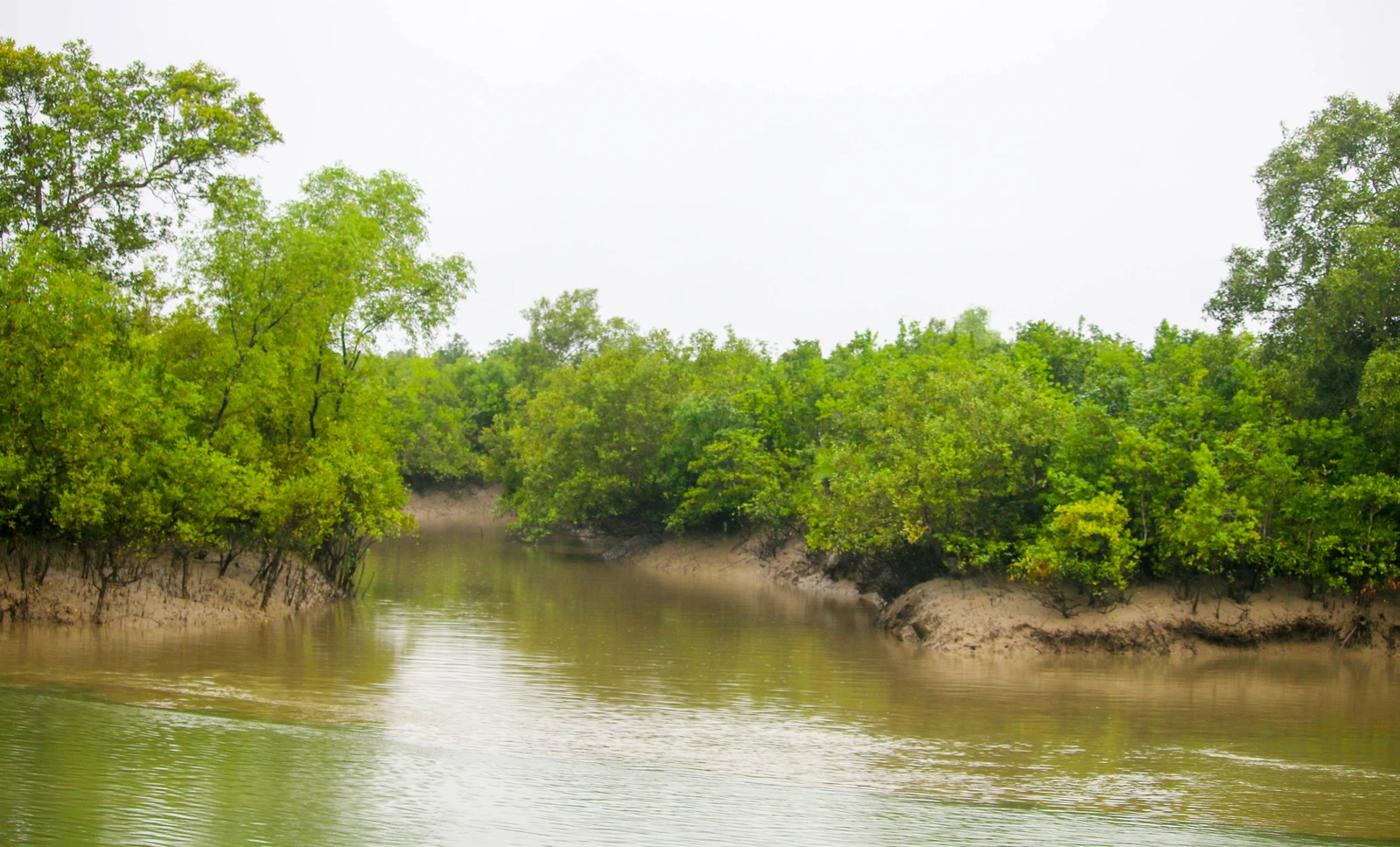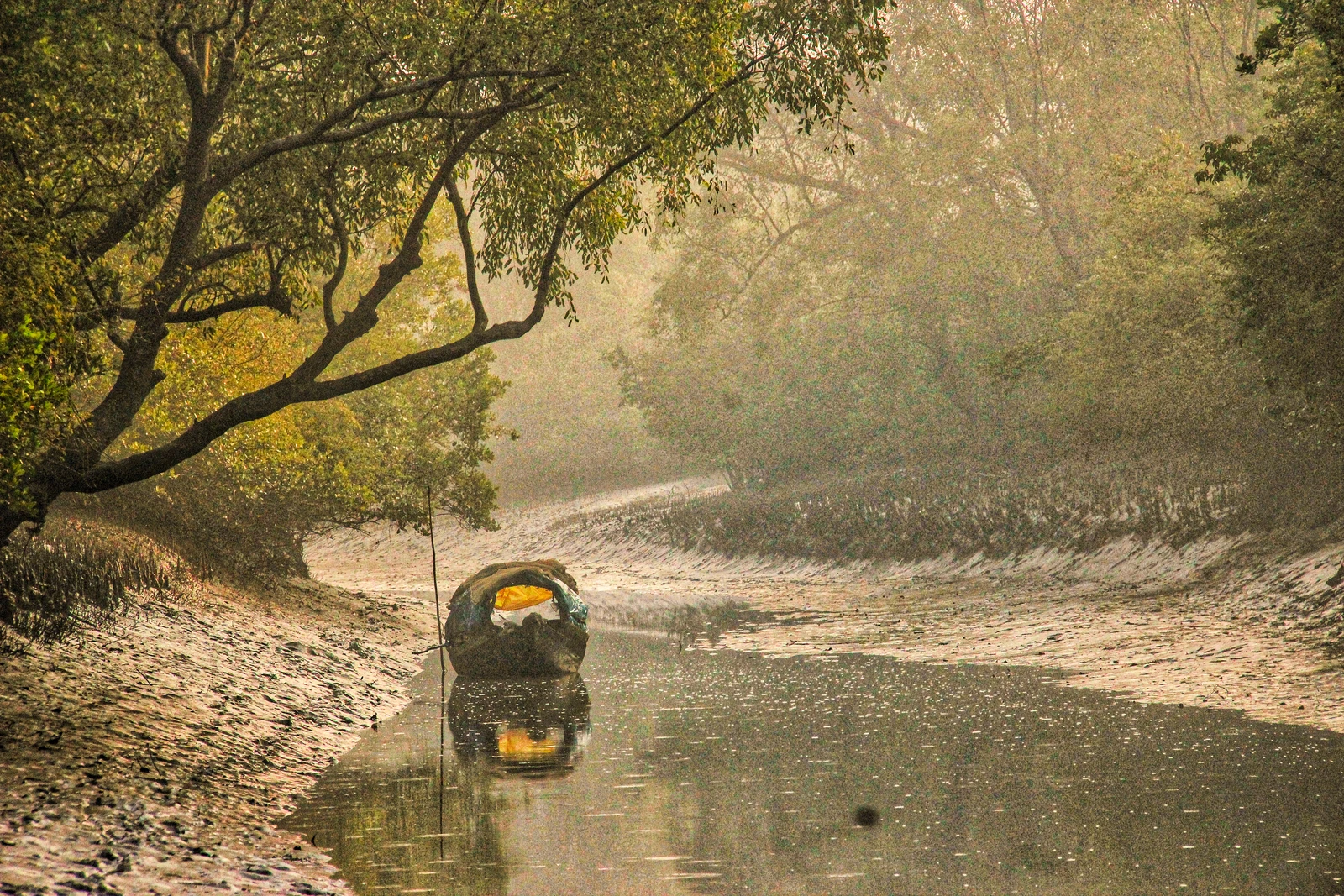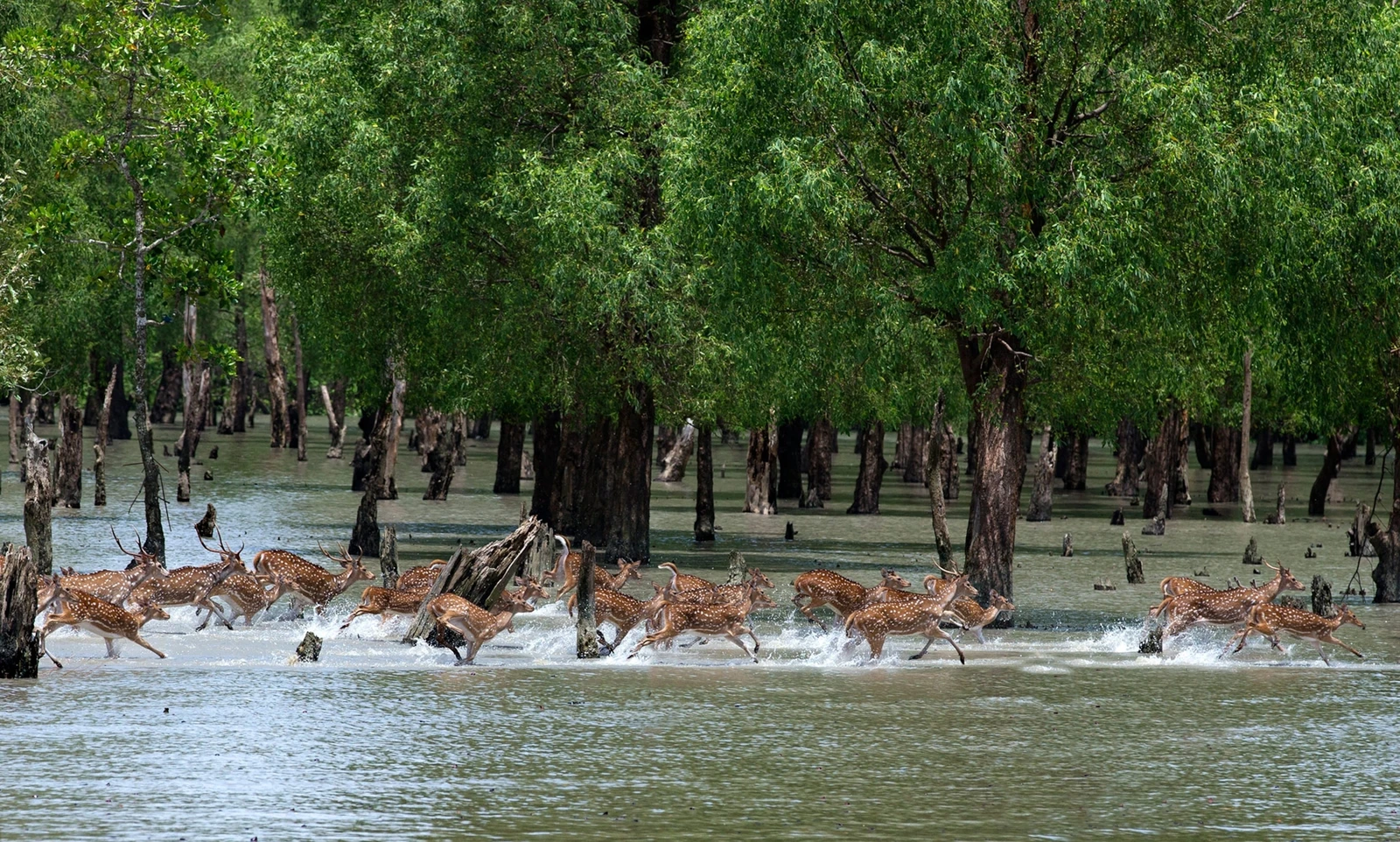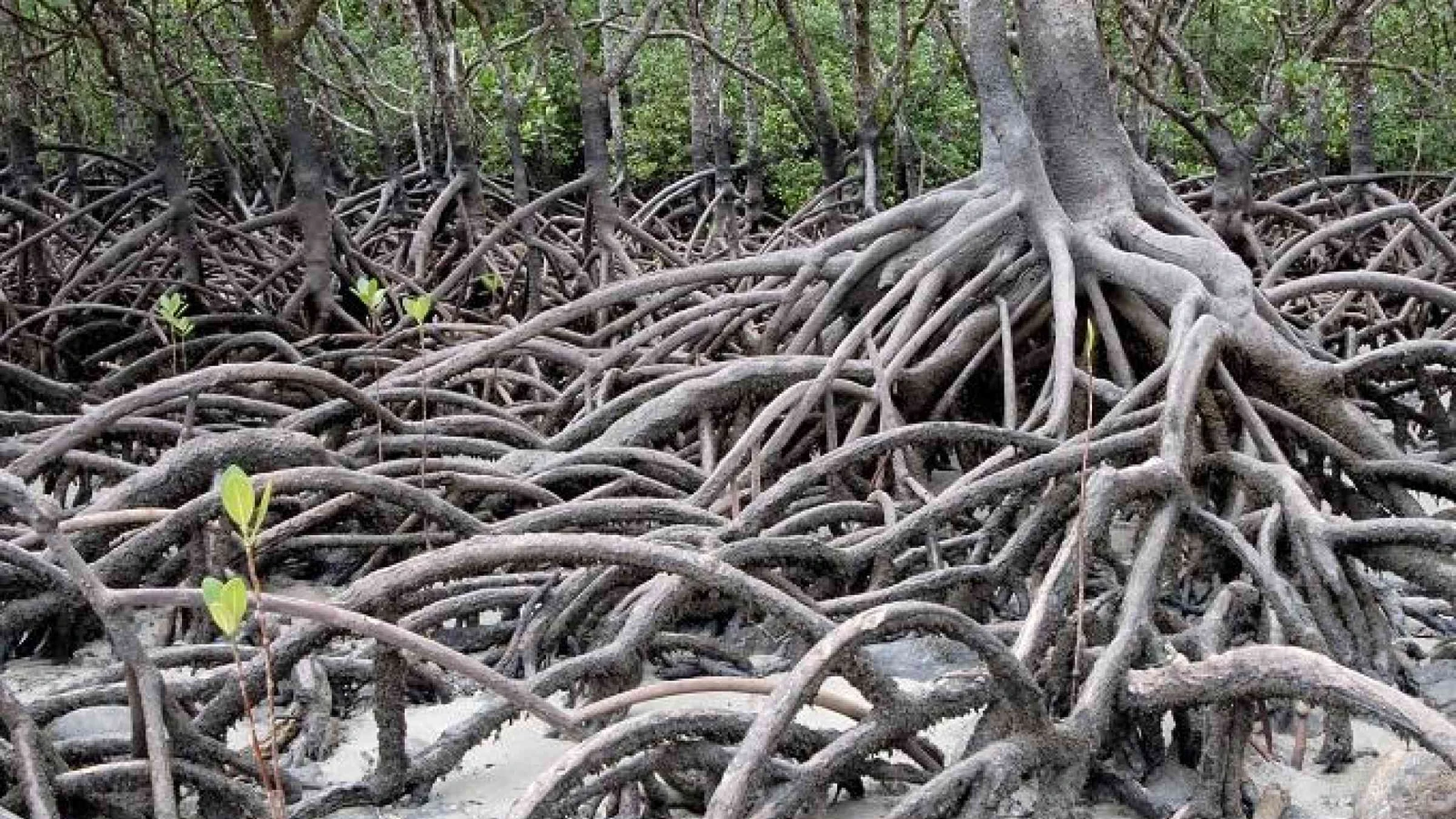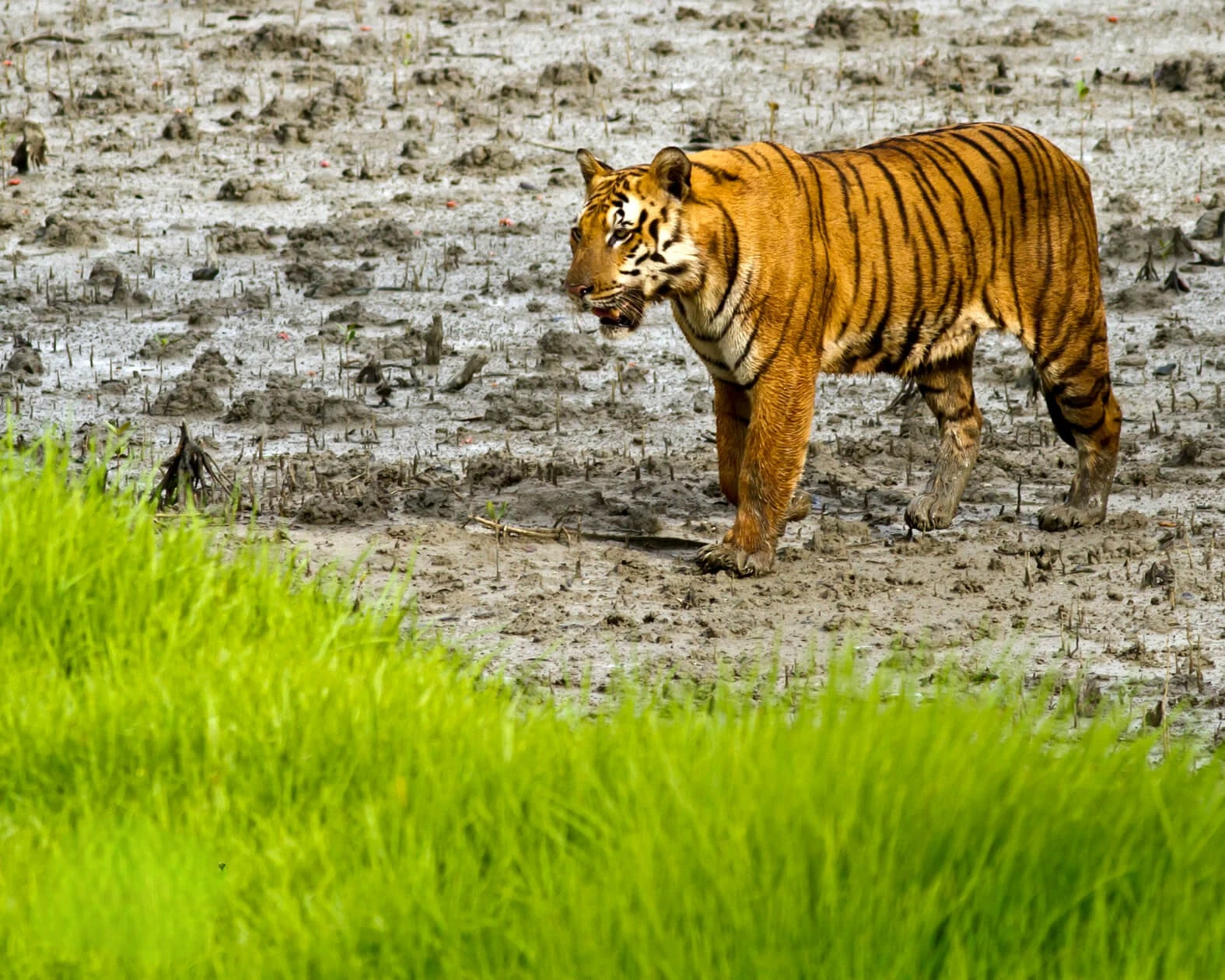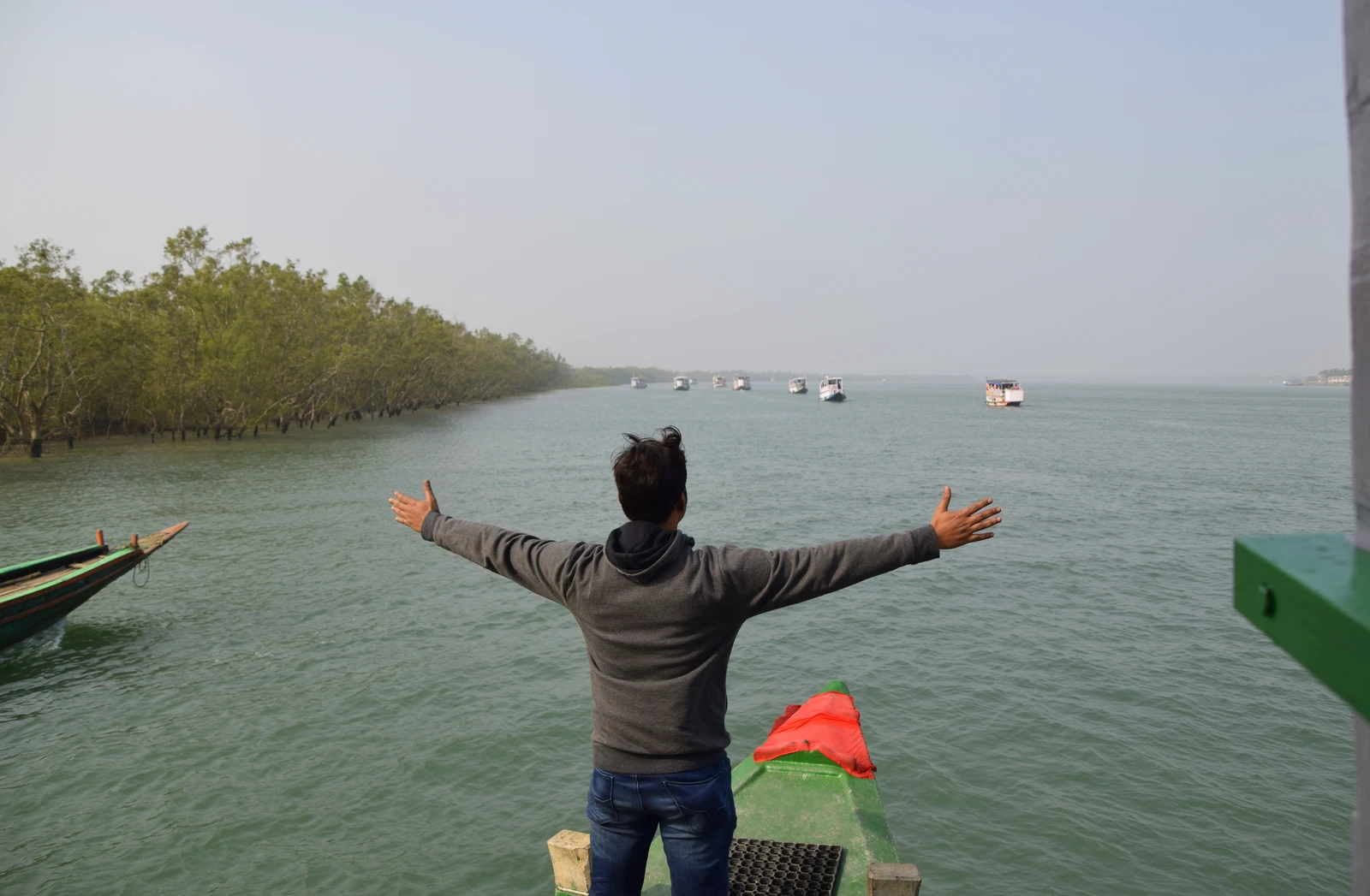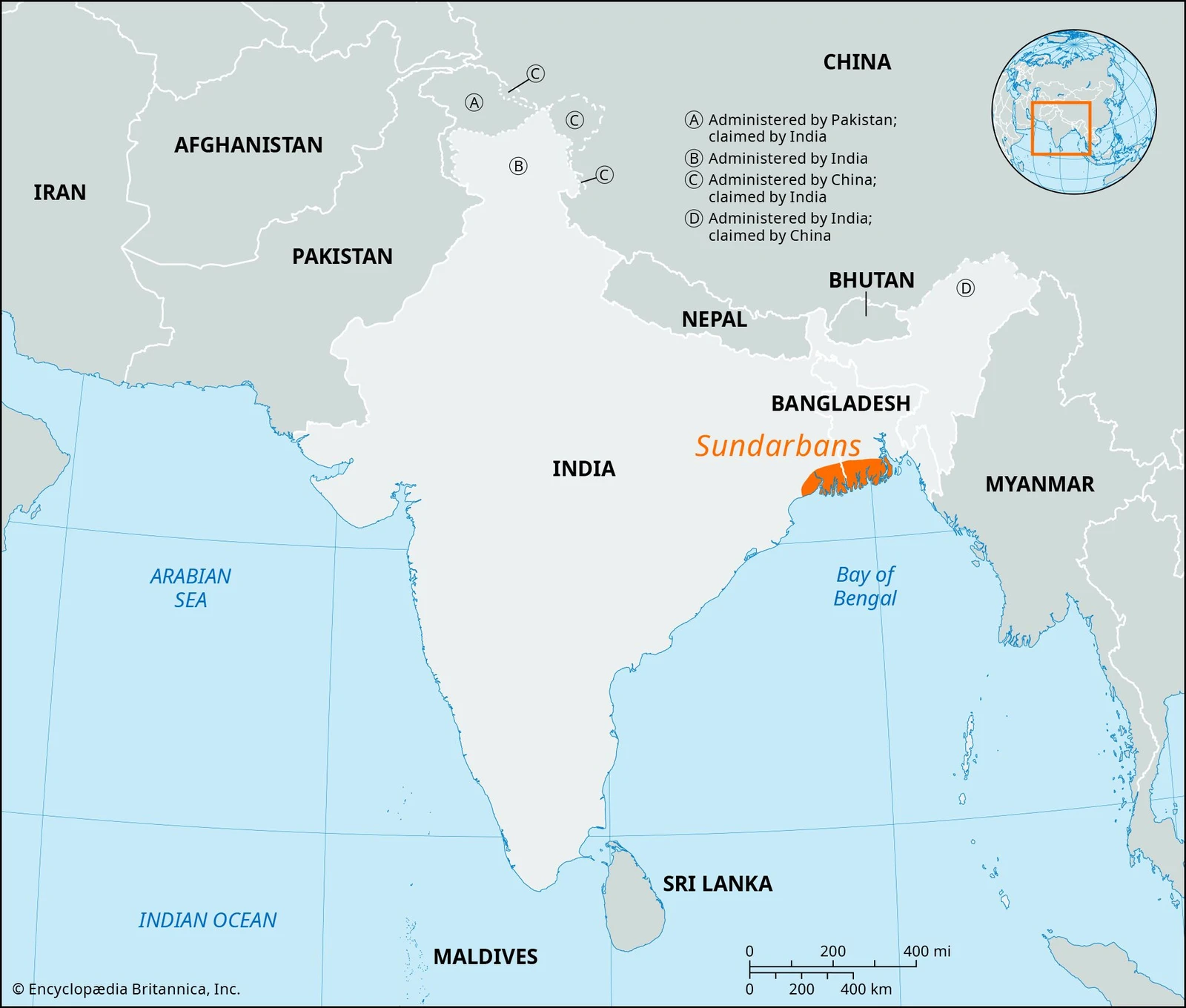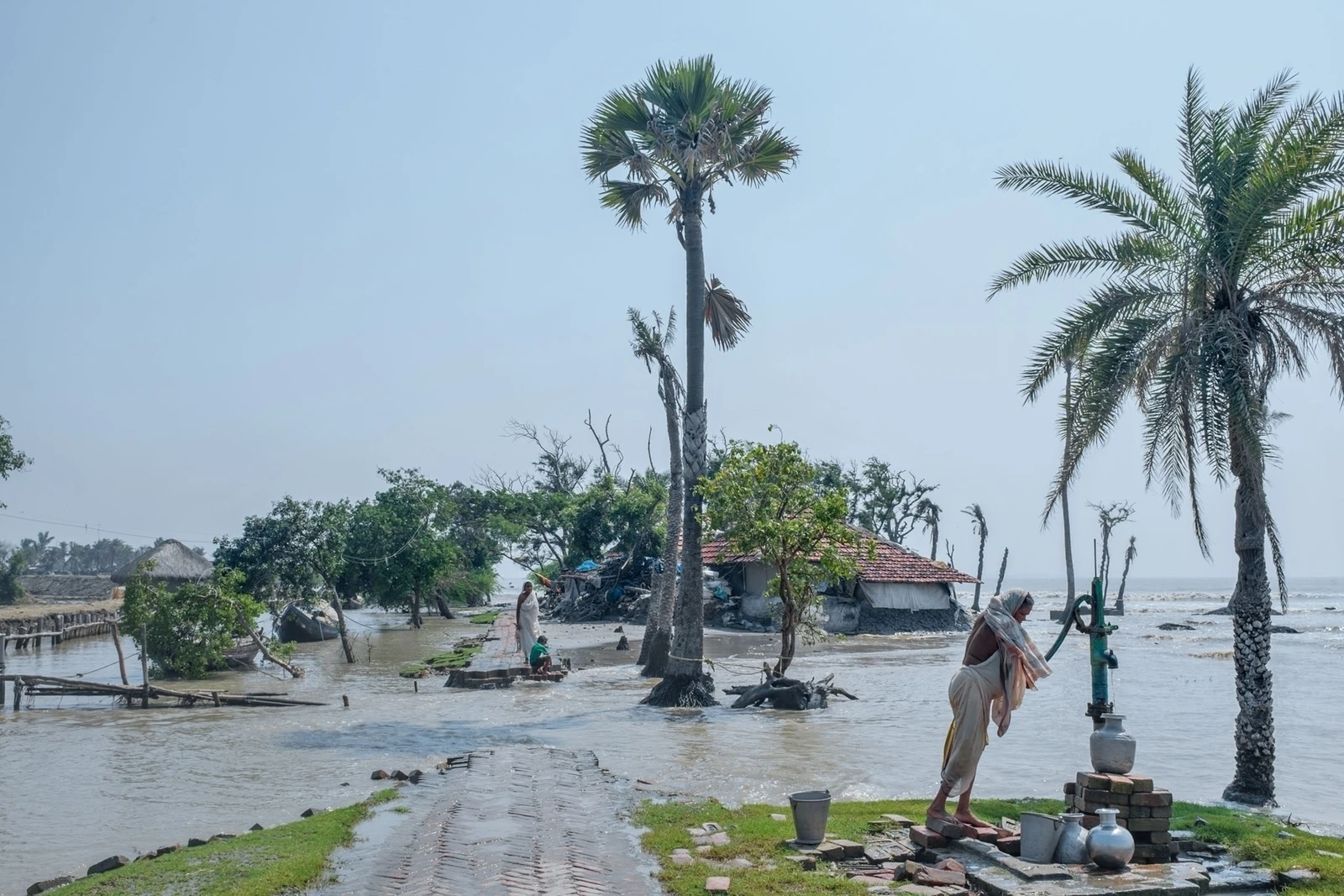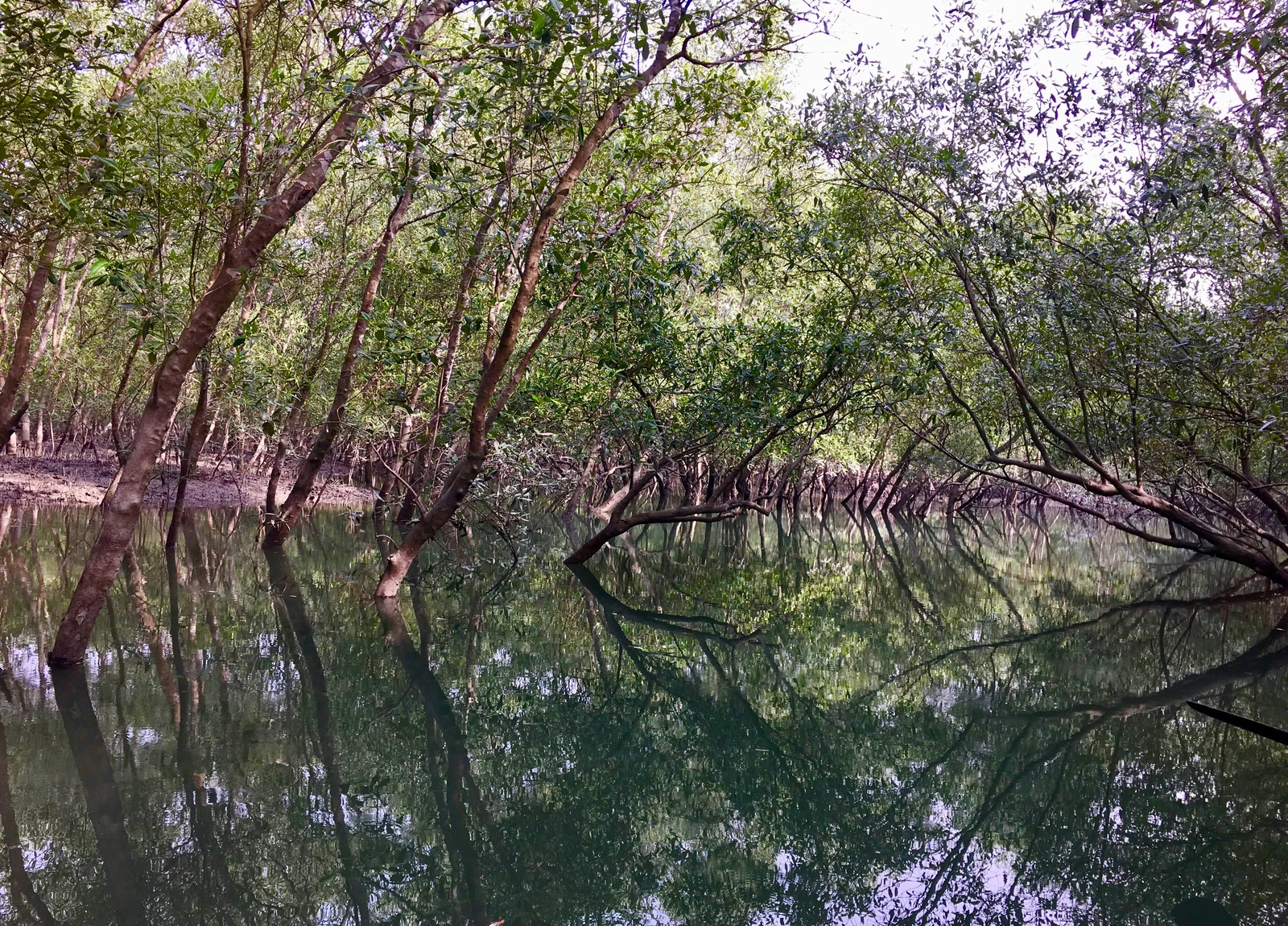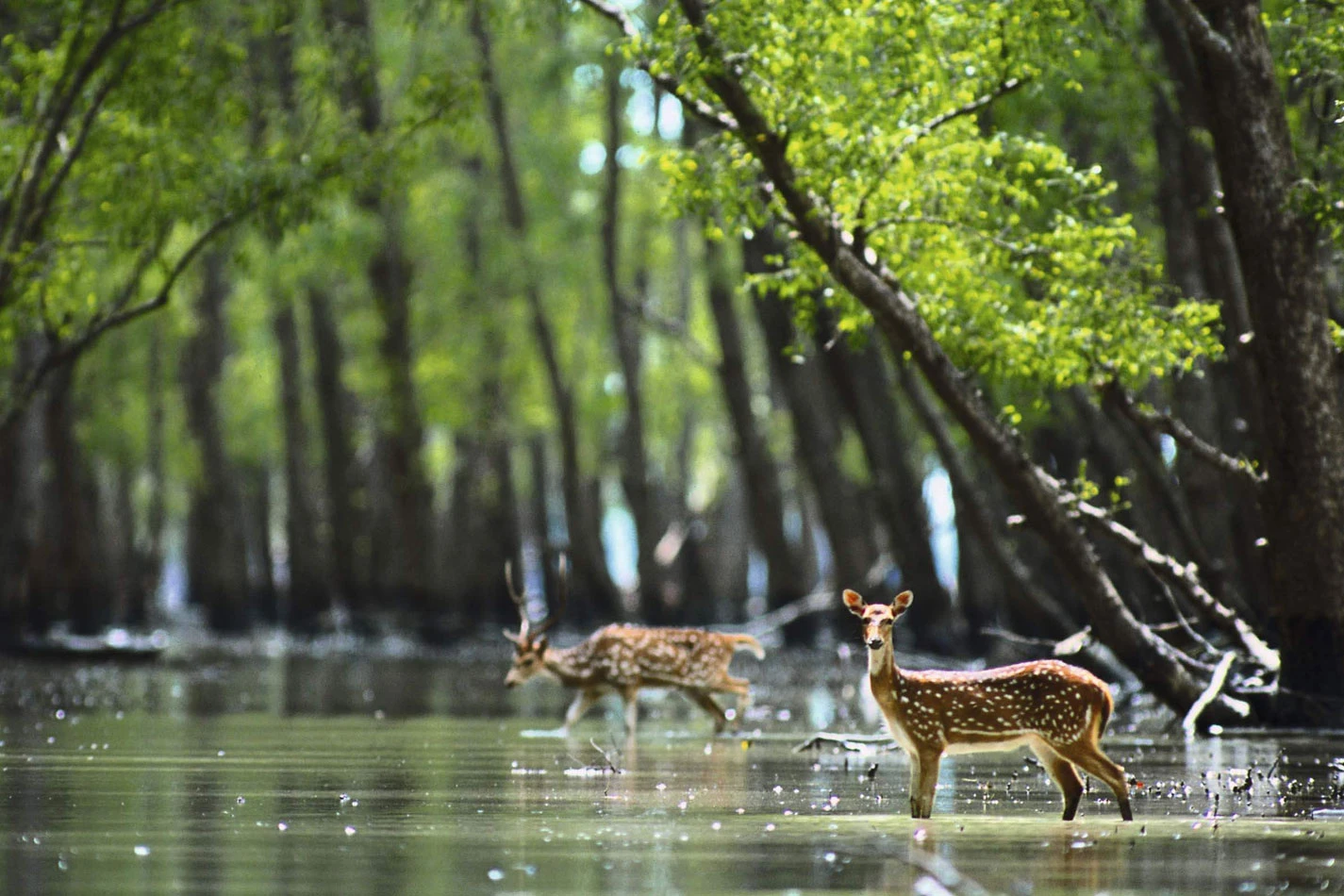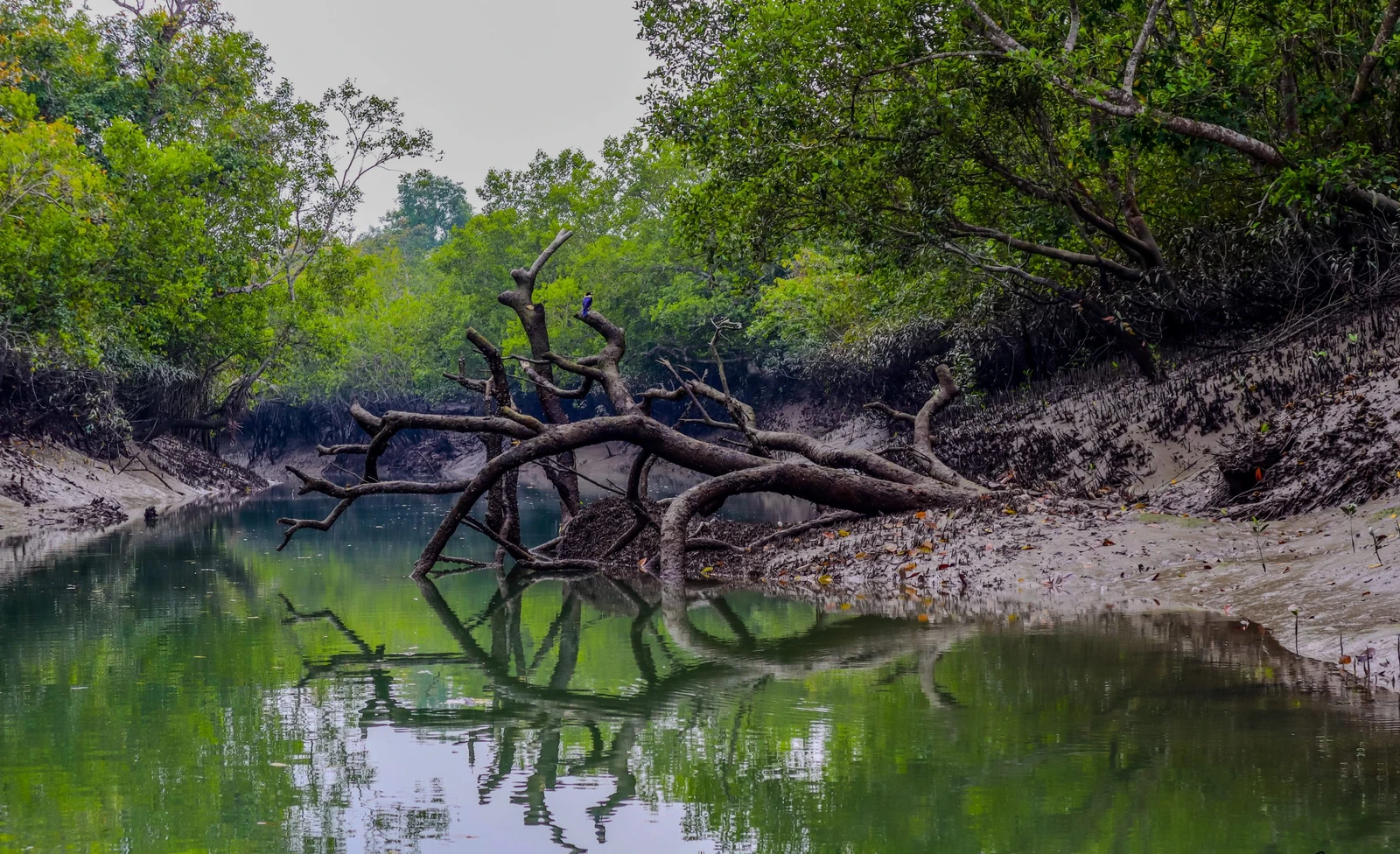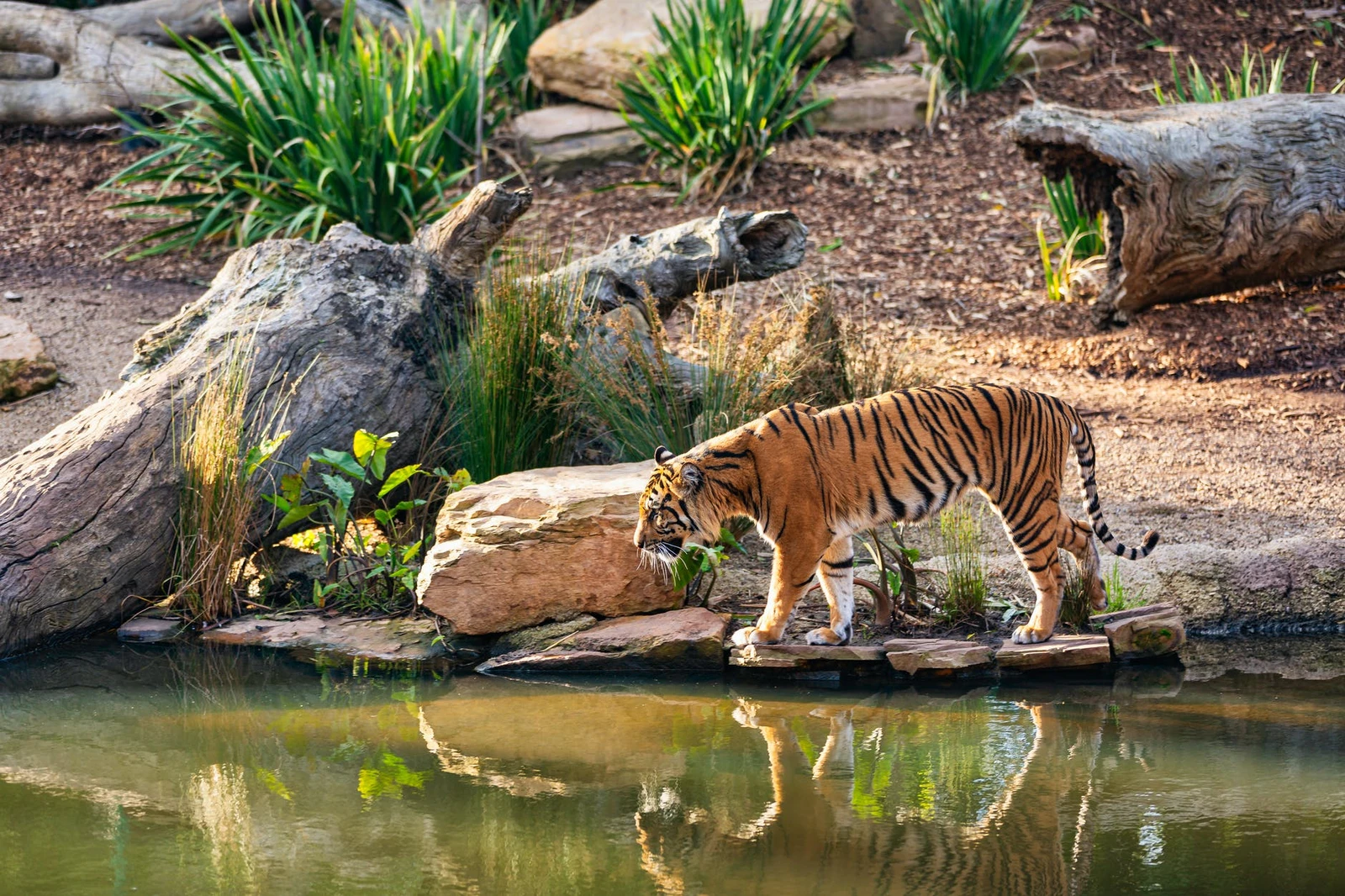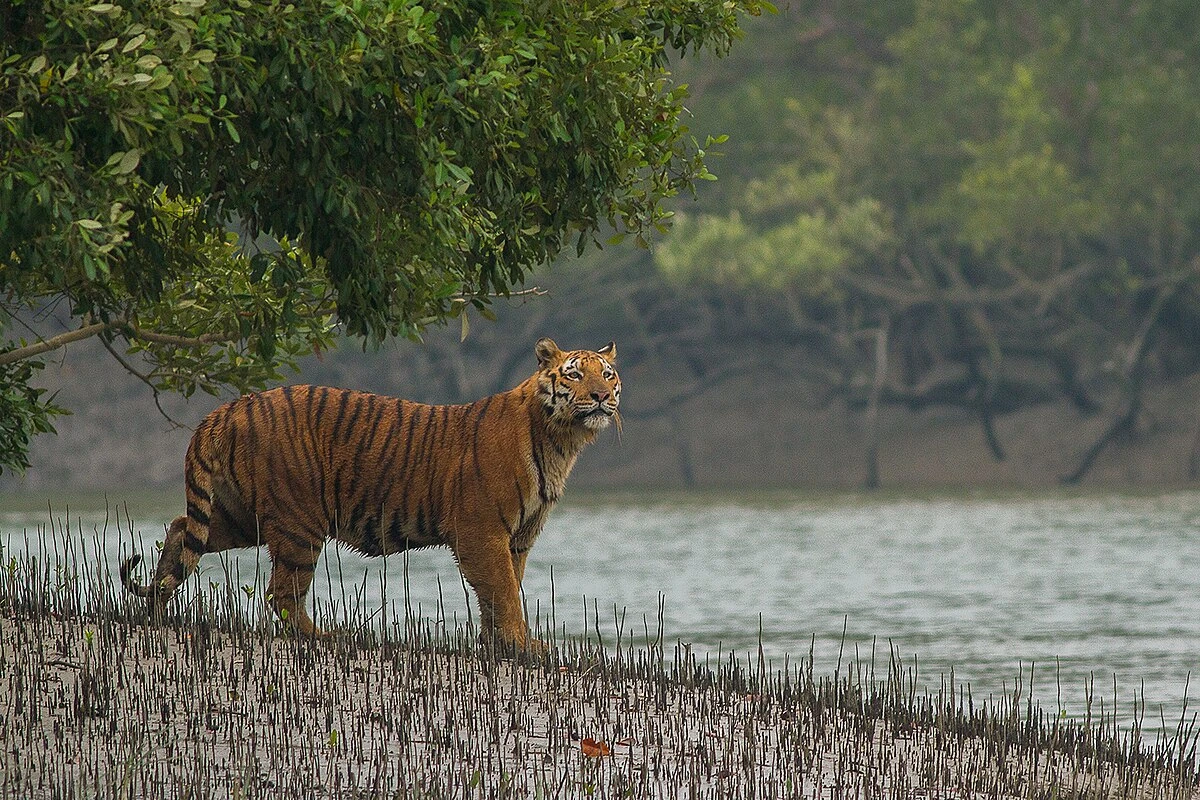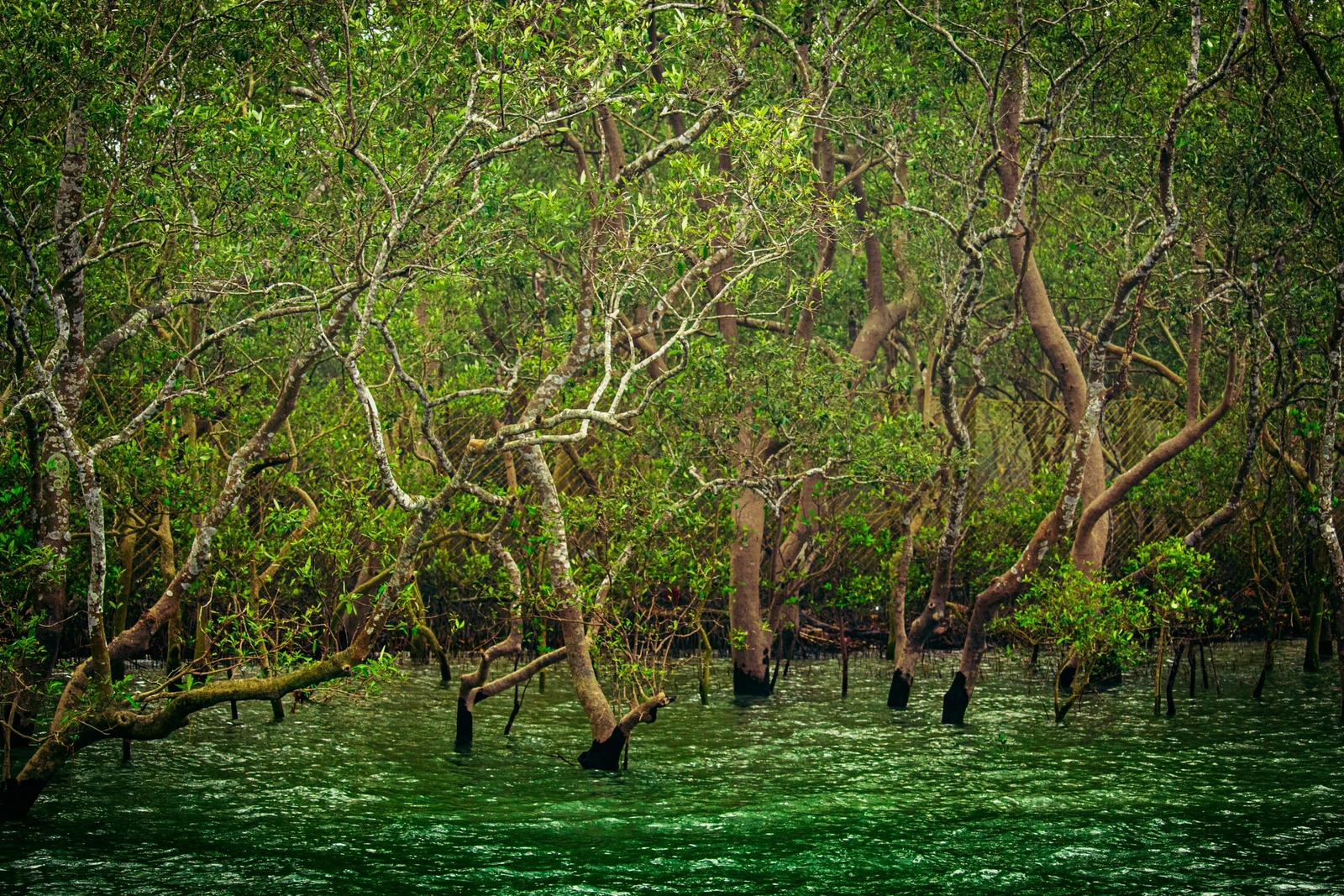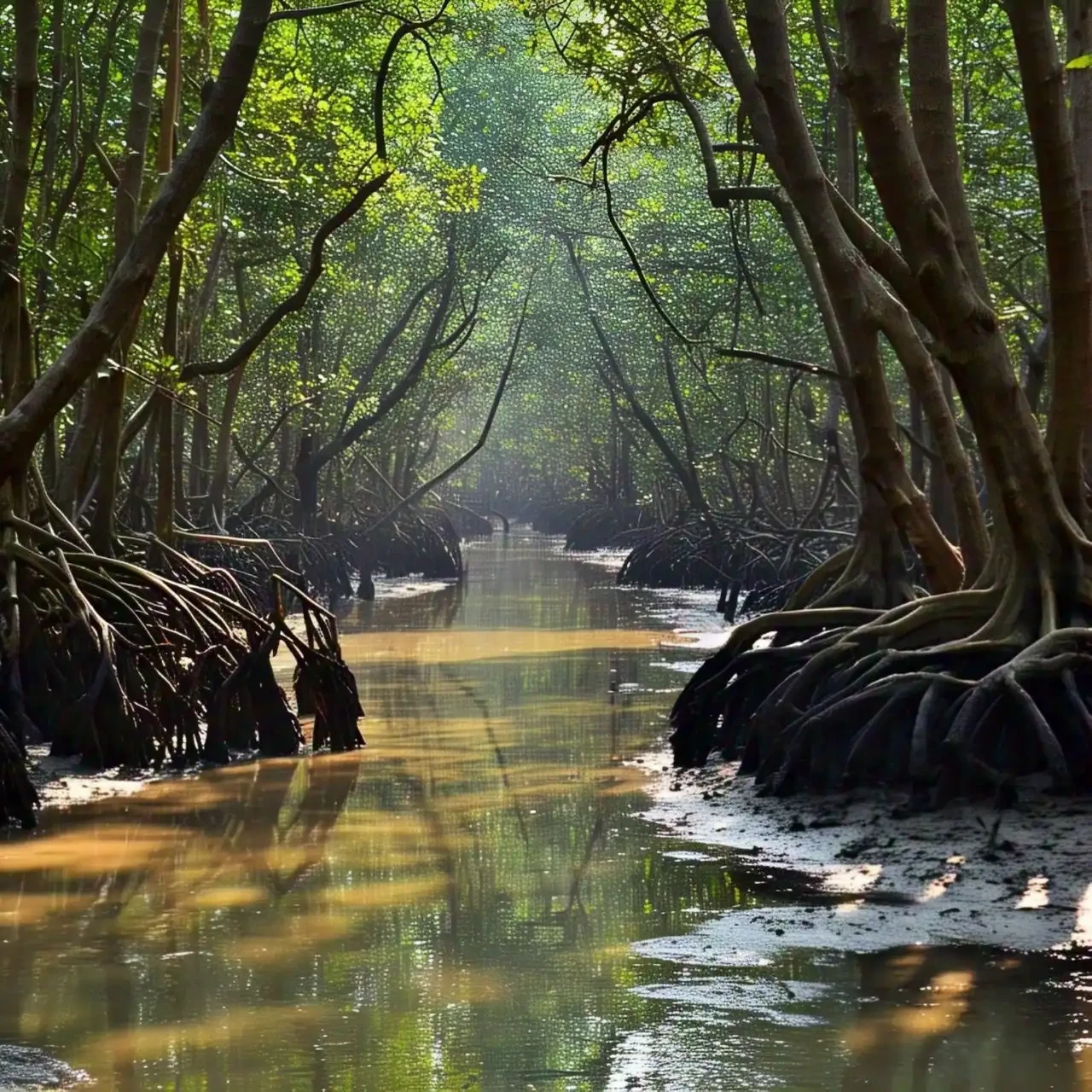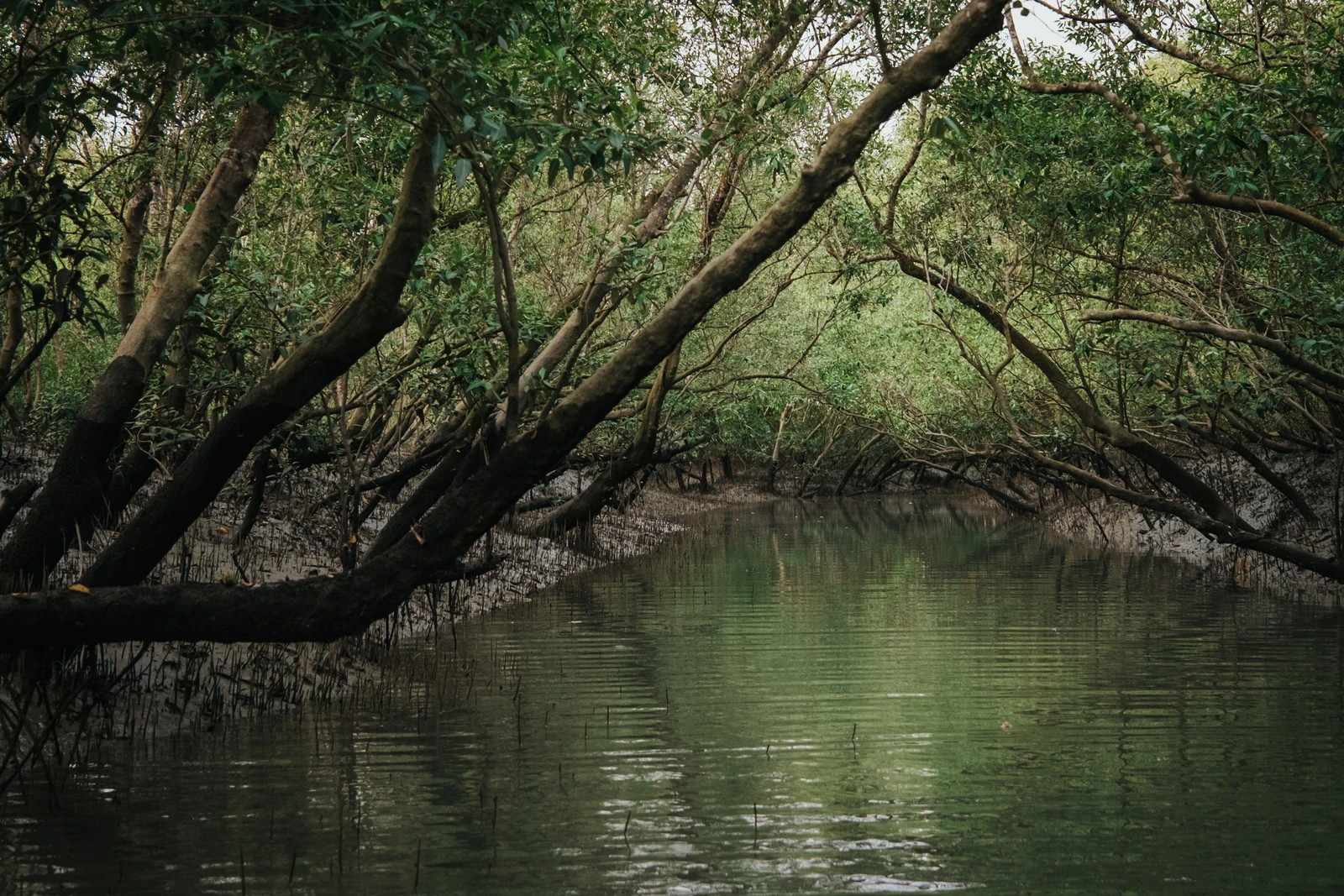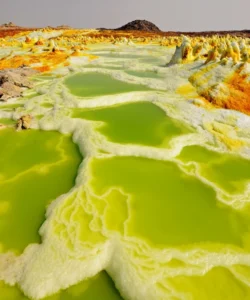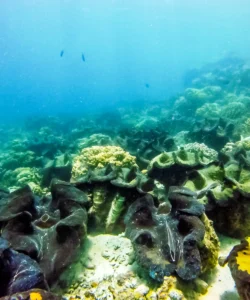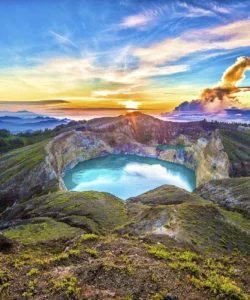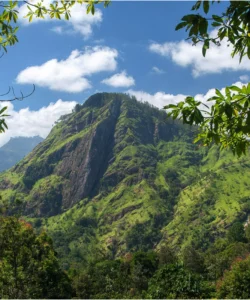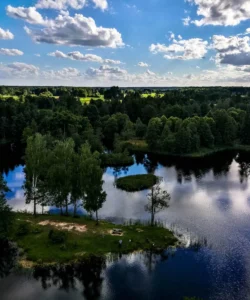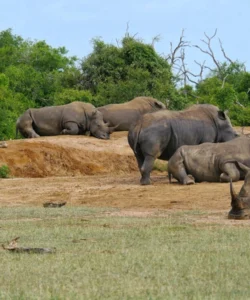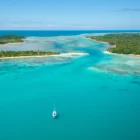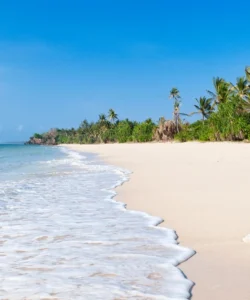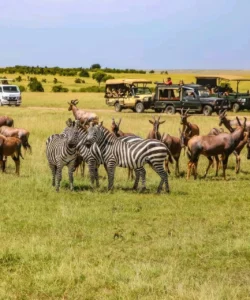The Sundarbans are a vast and intricate ecological marvel, representing the world’s largest contiguous mangrove forest. Straddling the delta of the Ganges, Brahmaputra, and Meghna rivers, this unique wilderness is shared between India and Bangladesh, forming a dynamic and critical ecosystem deeply influenced by tidal forces and revered for its unique biodiversity, especially its famous amphibious tigers.

Name: The Sundarbans (Bengali: সুন্দরবন, Shundorbôn, meaning “beautiful forest” or possibly derived from the “Sundari” tree, Heritiera fomes, a dominant mangrove species).
Address: The Sundarbans are located in the coastal region of the Bay of Bengal, primarily within the West Bengal state of India and the Khulna Division of Bangladesh.
How to Get There:
Access to the Sundarbans is almost exclusively by boat, typically starting from gateway towns on the mainland.
- Indian Sundarbans (West Bengal):
- By Air: The nearest airport is Netaji Subhash Chandra Bose International Airport (CCU) in Kolkata, approximately 100-112 km away.
- From Kolkata to Gateway Towns:
- By Train: Take a local train from Sealdah Railway Station (Kolkata) to Canning (approx. 1.5 hours). From Canning, transfer by bus/auto-rickshaw to a boat embarkation point like Sonakhali or Godkhali.
- By Road: Hire a car/taxi or take a bus from Kolkata to various entry points like Godkhali, Sonakhali, Namkhana, Raidighi, or Najat (approx. 2.5-4 hours drive, depending on the starting point and traffic).
- By Waterways (Boat Safari): From these mainland points, you will board a motorboat (often part of a package tour or privately hired) to enter the Sundarbans National Park and its various watchtowers and creeks. Boat safaris are the only way to explore the park.
- Bangladeshi Sundarbans:
- By Air: The closest airport is Jessore Airport (JSR) or Barisal Airport (BZL), with connections from Dhaka. Khulna is the main city for organizing tours.
- From Dhaka: Overnight launches (large motor vessels) or buses/trains to Khulna, then further boat journeys into the forest.
- By Waterways: Most tours into the Bangladeshi Sundarbans start from Mongla or Khulna, offering multi-day cruises deeper into the forest.
Best Time to Visit:
The best time to visit the Sundarbans is during the cooler, dry season, from October to March. During this period, the weather is more pleasant, and wildlife sightings (especially tigers when they come to the riverbanks to bask) might be slightly more frequent. The mangrove forest remains accessible throughout the year, but the monsoon (June-September) brings heavy rains and higher risks of cyclones.
Landscape and Architecture:
The Sundarbans are an awe-inspiring natural landscape, dominated by the unique characteristics of a tidal mangrove forest, with human intervention limited to essential and often traditional structures.
- Largest Mangrove Forest: The Sundarbans represent the largest contiguous mangrove forest in the world, spanning over 10,000 square kilometers, with about 60% in Bangladesh and 40% in India.
- Dynamic Deltaic Landscape: It’s a complex, active delta formed by the confluence of the Ganges, Brahmaputra, and Meghna rivers, constantly being reshaped by tidal forces, erosion, and sediment deposition. This creates a labyrinthine network of tidal waterways, creeks, mudflats, and small islands of salt-tolerant mangrove trees.
- Salt-Tolerant Mangrove Flora: The name “Sundarbans” is thought to derive from the Sundari tree (Heritiera fomes), one of over 60 species of mangroves found here, making it the richest mangrove forest in terms of flora. The dense root systems (pneumatophores) of these trees are a defining visual feature, helping them breathe in oxygen-poor soil and stabilize the delta.
- Mudflats: Extensive mudflats are exposed during low tide and submerged during high tide, constantly changing their morphology and providing vital feeding grounds for various birds and aquatic life.
- Unique Aquatic and Terrestrial Merge: The entire landscape is a transition zone where freshwater from the rivers mixes with saline water from the Bay of Bengal, creating a unique brackish environment where terrestrial and aquatic ecosystems seamlessly merge.
- Watchtowers and Basic Infrastructure: Within the national park areas, “architecture” is minimal and functional. You’ll find elevated watchtowers (like Sajnekhali, Sudhanyakhali, Dobanki, Burirdabri in India) that offer vantage points for wildlife viewing, often accompanied by basic visitor centers or interpretation facilities.
- Floating Hotels/Safari Boats: Many tour operators use specially designed safari boats that also double as floating hotels, offering cabins, dining areas, and observation decks for overnight stays directly on the waterways. This unique form of “accommodation architecture” allows for continuous exploration of the forest.
- Traditional Boats and Local Dwellings: In the buffer zones and inhabited islands at the periphery, you’ll see traditional wooden boats used by local communities for fishing, honey collection, and transport. Local village houses are simple, adapted to the deltaic environment, often built on higher ground or with sturdy foundations.
What Makes It Famous:
- Royal Bengal Tiger (Amphibious Tigers): The Sundarbans are globally famous for being the only mangrove forest in the world inhabited by the Royal Bengal Tiger. These tigers have adapted uniquely to the amphibious environment, known to swim long distances and even hunt in the water. Spotting this elusive creature in the dense mangroves is a major draw for wildlife enthusiasts, earning it the nickname “Tigerland.”
- World’s Largest Mangrove Forest: Its sheer scale and designation as the largest contiguous mangrove forest are foundational to its fame, highlighting its immense ecological importance.
- UNESCO World Heritage Site: Both the Indian (1987) and Bangladeshi (1997) portions of the Sundarbans are separate UNESCO World Heritage Sites, recognized for their outstanding universal value as a unique ecosystem and critical habitat for endangered species.
- Biodiversity Hotspot: Beyond tigers, the Sundarbans boast incredible biodiversity, home to estuarine crocodiles, various species of deer (like the spotted deer), wild boars, fishing cats, pangolins, monitor lizards, Irrawaddy and Ganges river dolphins, and a vast array of over 260 bird species, including many migratory birds.
- Natural Storm Barrier: The dense mangrove forests act as a vital natural protective barrier for millions of people living in coastal areas, shielding them from devastating cyclones, tsunamis, and soil erosion, a crucial ecological service.
- Unique Ecosystem and Tidal Phenomenon: The complex network of tidal waterways, mudflats, and the constant reshaping of the landscape by twice-daily high and low tides (with significant water level changes) create a dynamic and utterly unique ecosystem.
- Local Culture and Lore: The indigenous communities living on the fringes of the Sundarbans have a unique way of life, deeply intertwined with the forest. Their folklore, including the worship of Bono Bibi (the goddess of the forest), who is believed to protect locals from tiger attacks, adds a rich cultural dimension.
Differences from Some Other Wonders:
- Exclusive Mangrove Forest Ecosystem: While other wonders might have forests (Taman Negara, Mount Kinabalu), the Sundarbans’ defining feature is its status as the world’s largest and most biodiverse mangrove forest. This highly specialized, salt-tolerant ecosystem is unique and fundamentally different from terrestrial rainforests or other types of forests.
- Amphibious Tiger Population: No other tiger reserve or wildlife park in the world is famous for its tigers uniquely adapted to a tidal, amphibious, mangrove environment. This specific adaptation and their legendary swimming abilities set them apart from tigers in other habitats.
- Water-Based Exploration Only: Unlike land-based safaris (Jim Corbett, Kruger, Serengeti) or parks that allow hiking, exploration of the Sundarbans is exclusively by boat through its complex network of waterways. This dictates the entire visitor experience.
- Dynamic Tidal Landscape: The constant and significant influence of daily tides, which submerge and expose vast areas of mudflats, creates a continuously changing landscape that is distinct from static mountains, plains, or lakes.
- Critical Coastal Protection Role: Beyond its wildlife, the Sundarbans holds a unique and vital role as a natural storm barrier and coastal protector for highly populated regions, an ecological function rarely as prominent in other natural wonders.
- Lower Visibility for Large Mammals: While it has tigers, seeing them is extremely challenging due to the dense mangrove cover. The emphasis is more on the unique ecosystem and the rare chance of a tiger sighting, rather than guaranteed big mammal viewing common in African safaris or even some Indian terrestrial parks.
- Unique Traditional Livelihoods: The traditional livelihoods of the locals (honey collection, crab fishing, wood collection) carried out in such a dangerous, tiger-infested environment, along with the associated folklore, represent a unique human interaction with a wild place.
